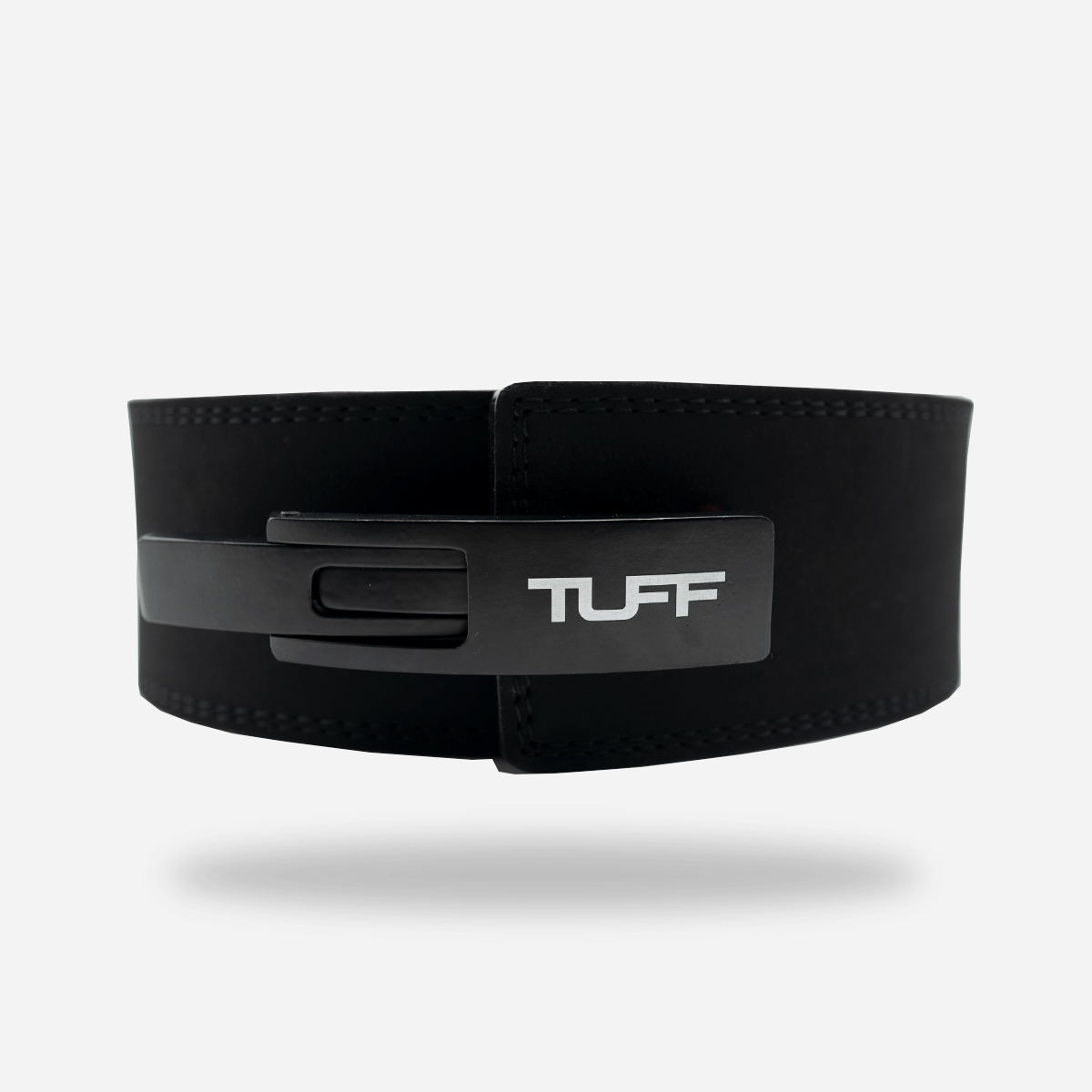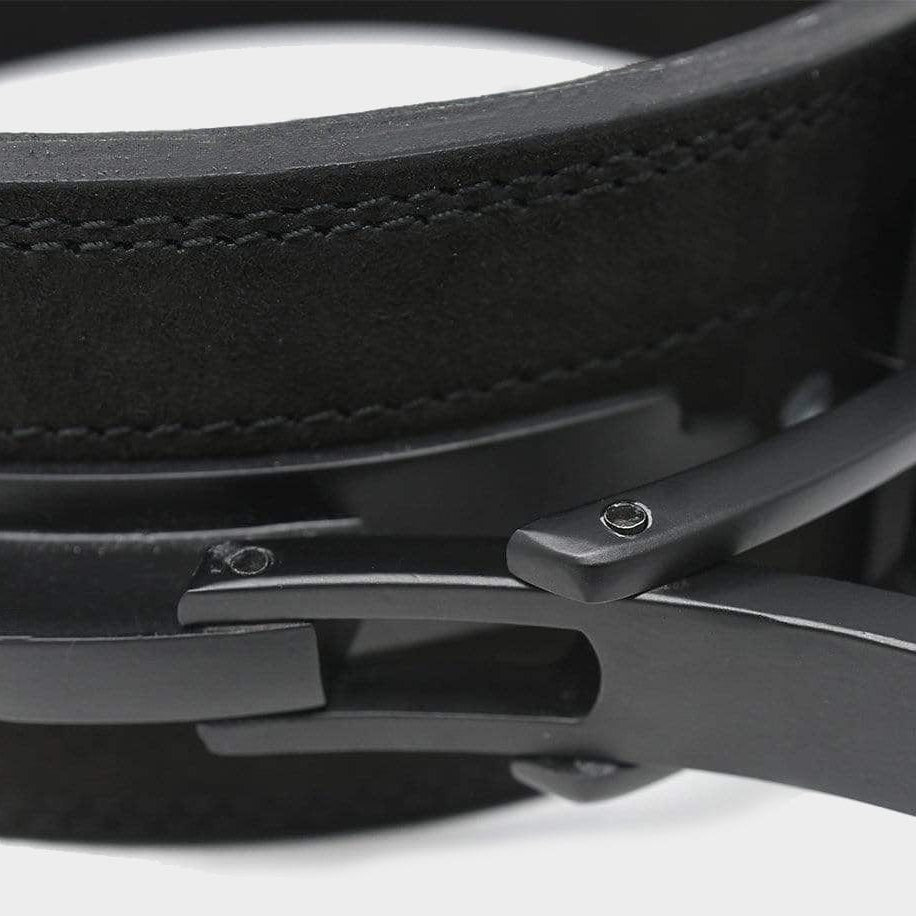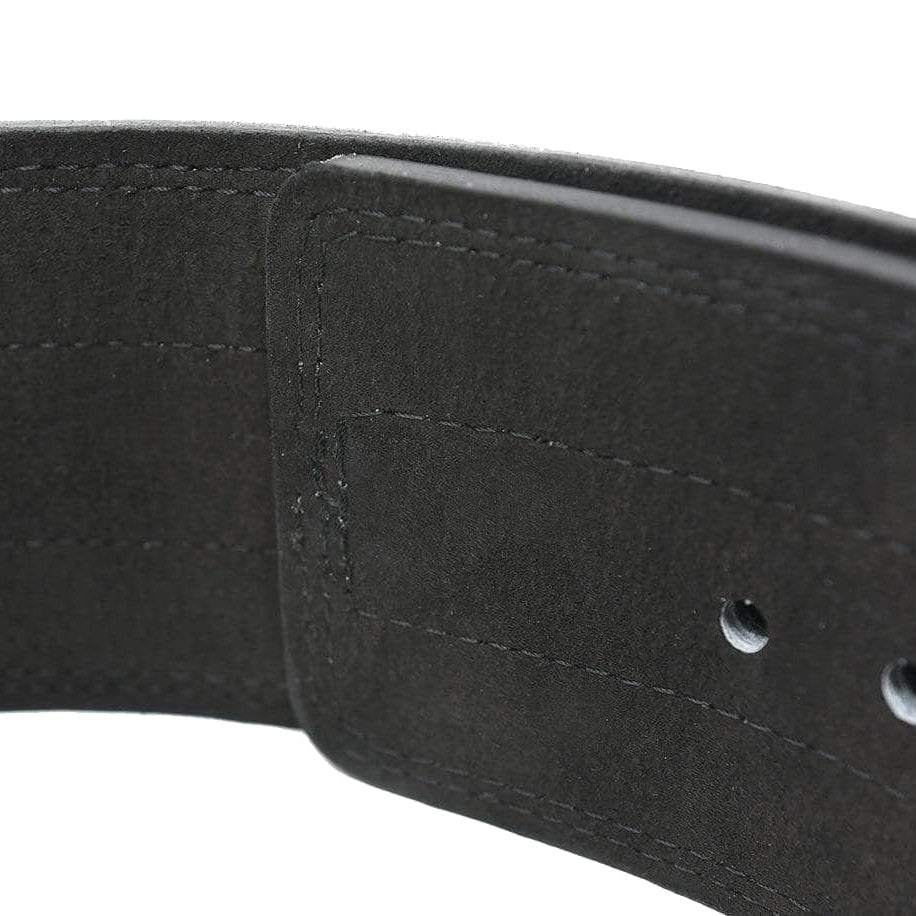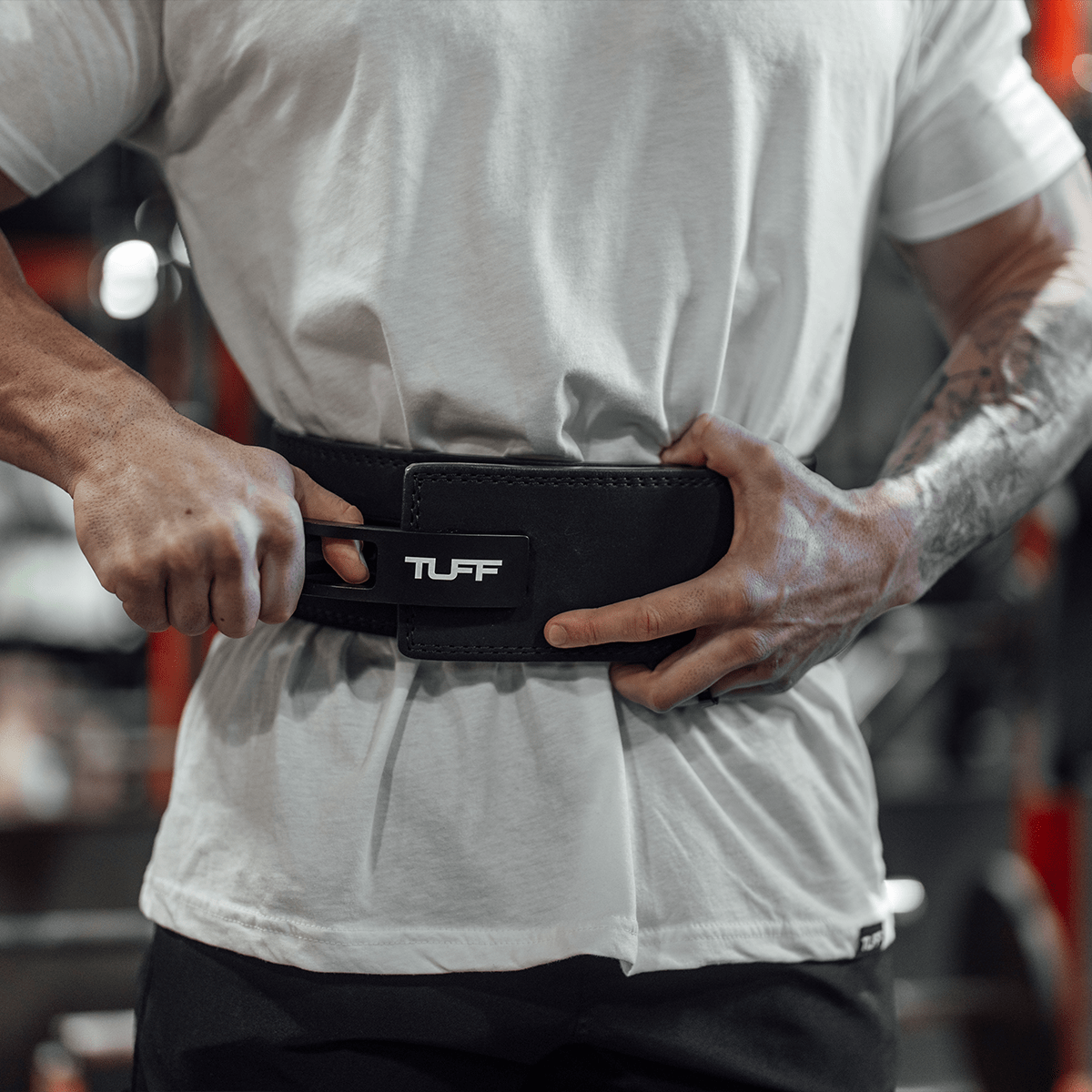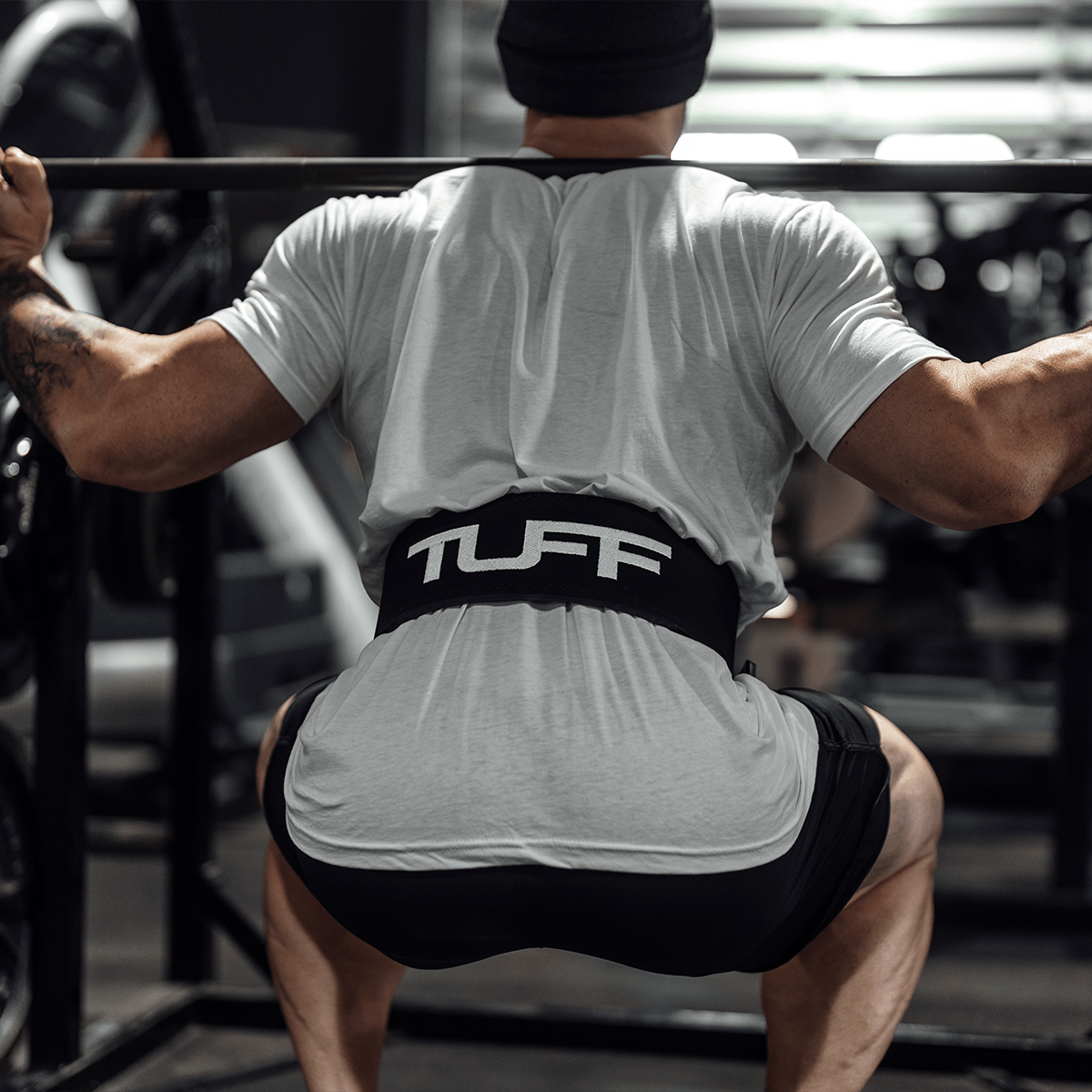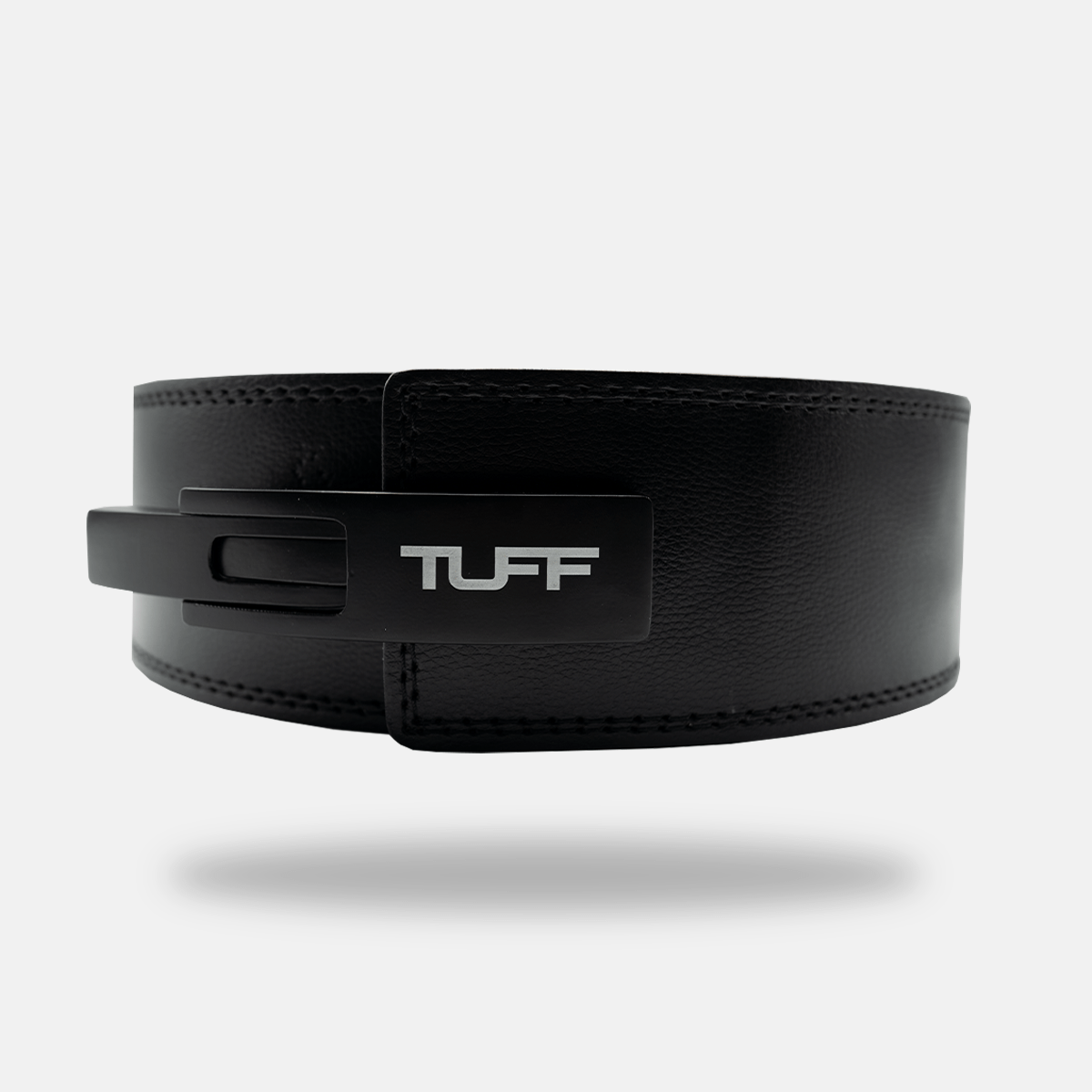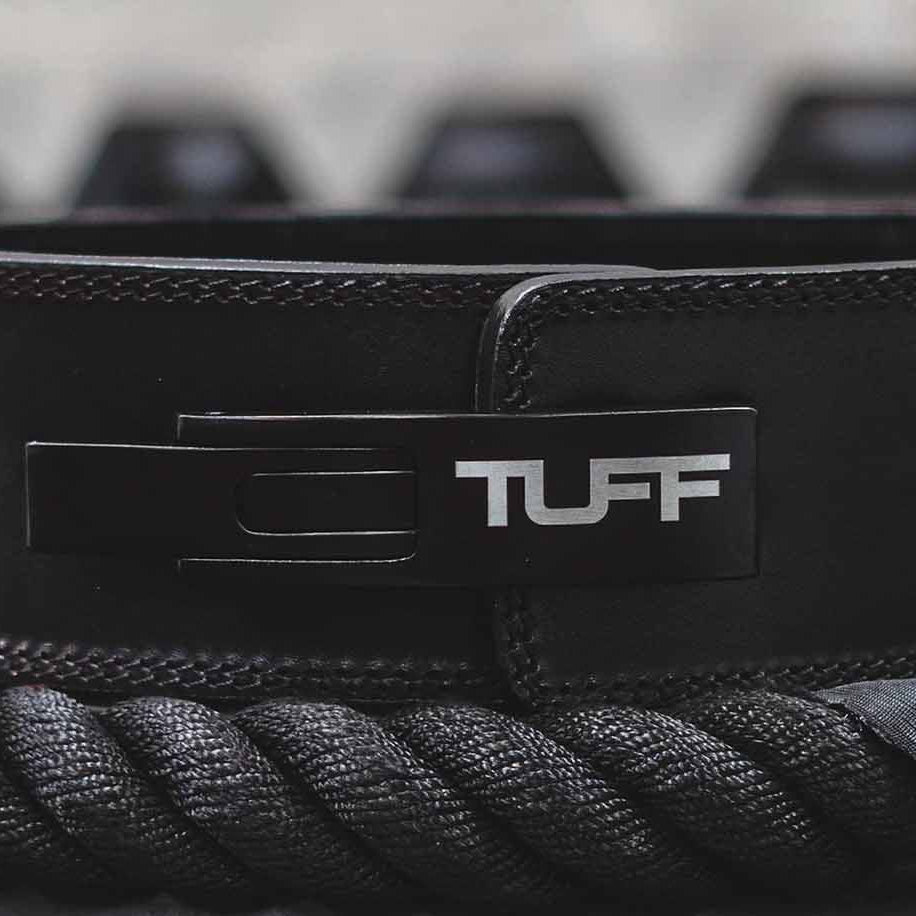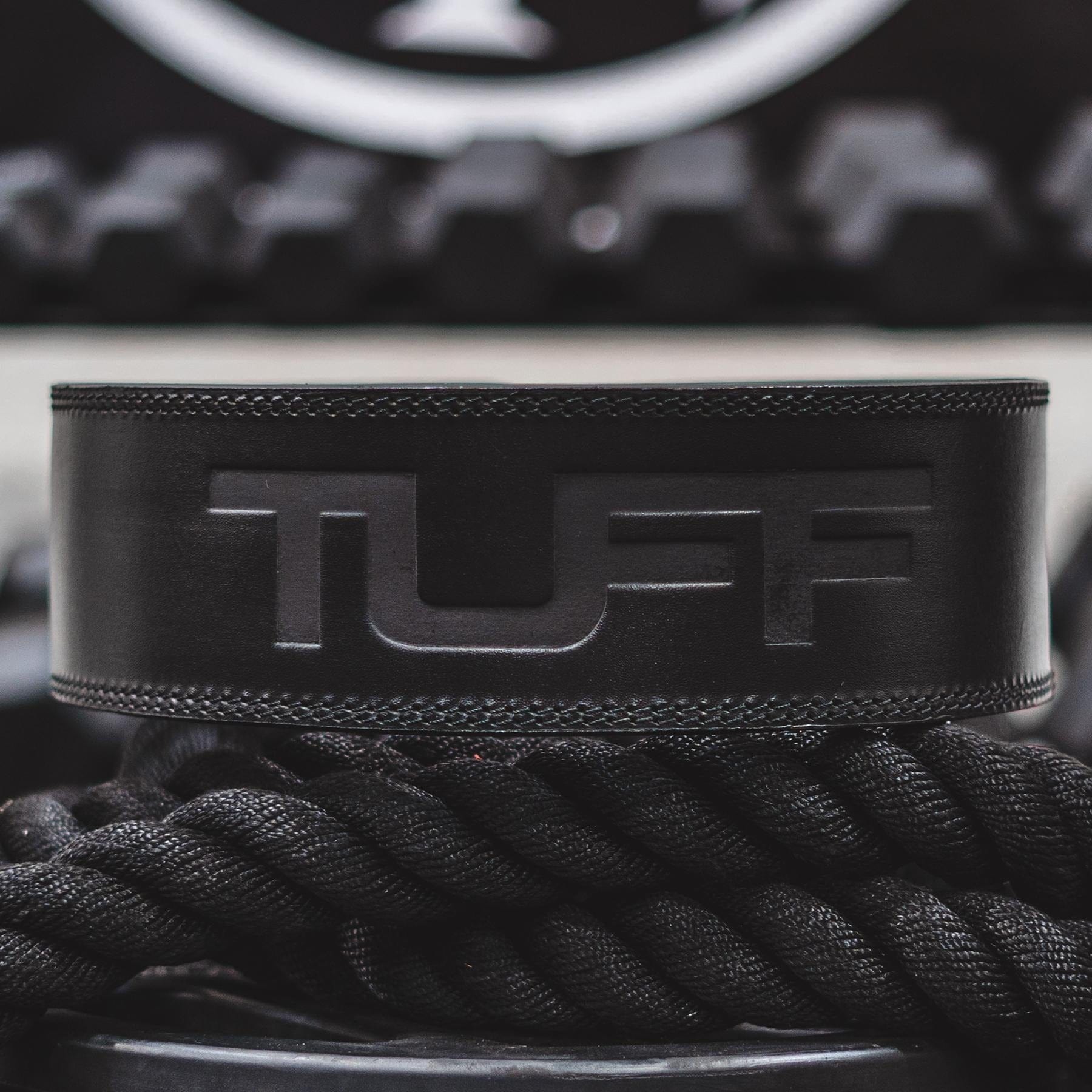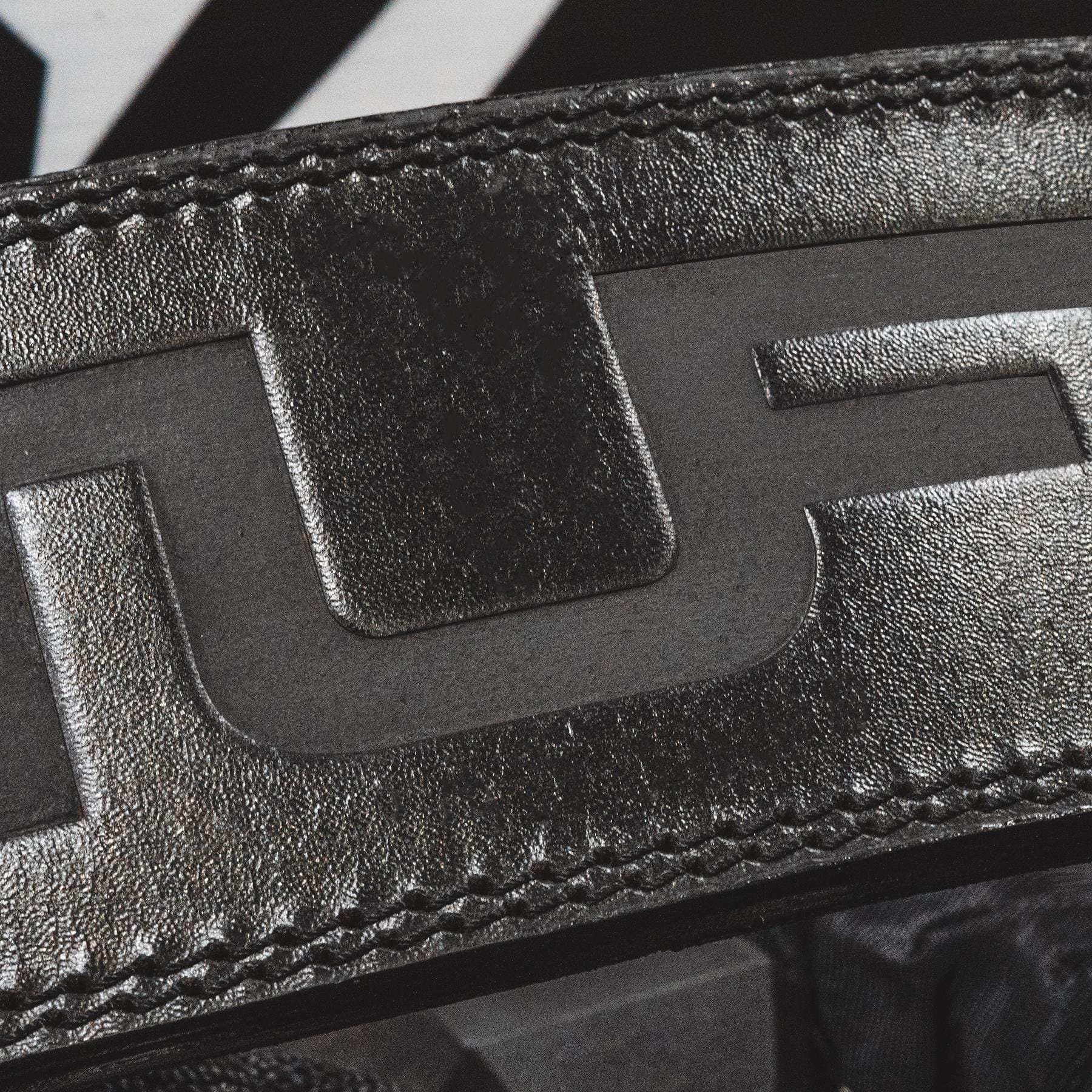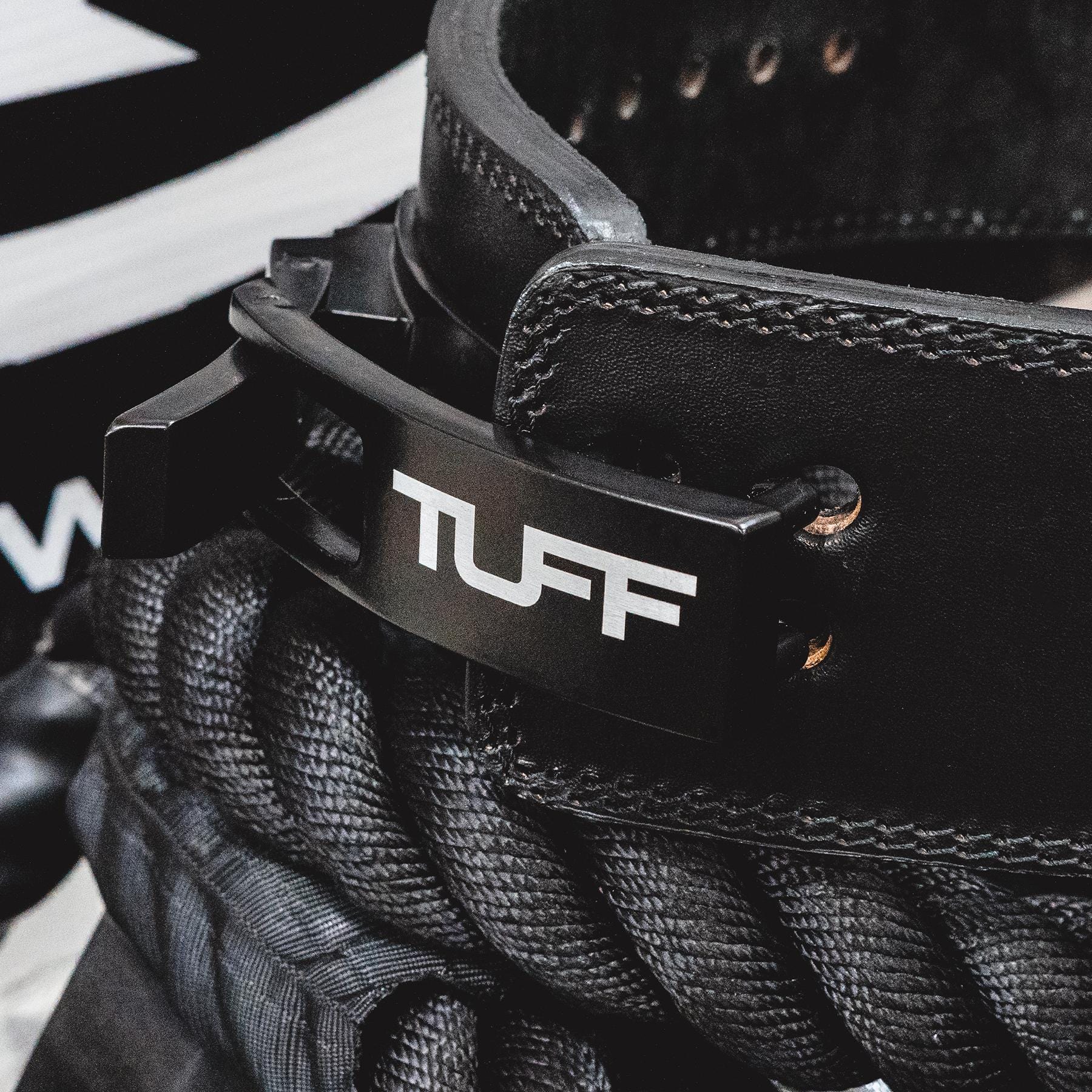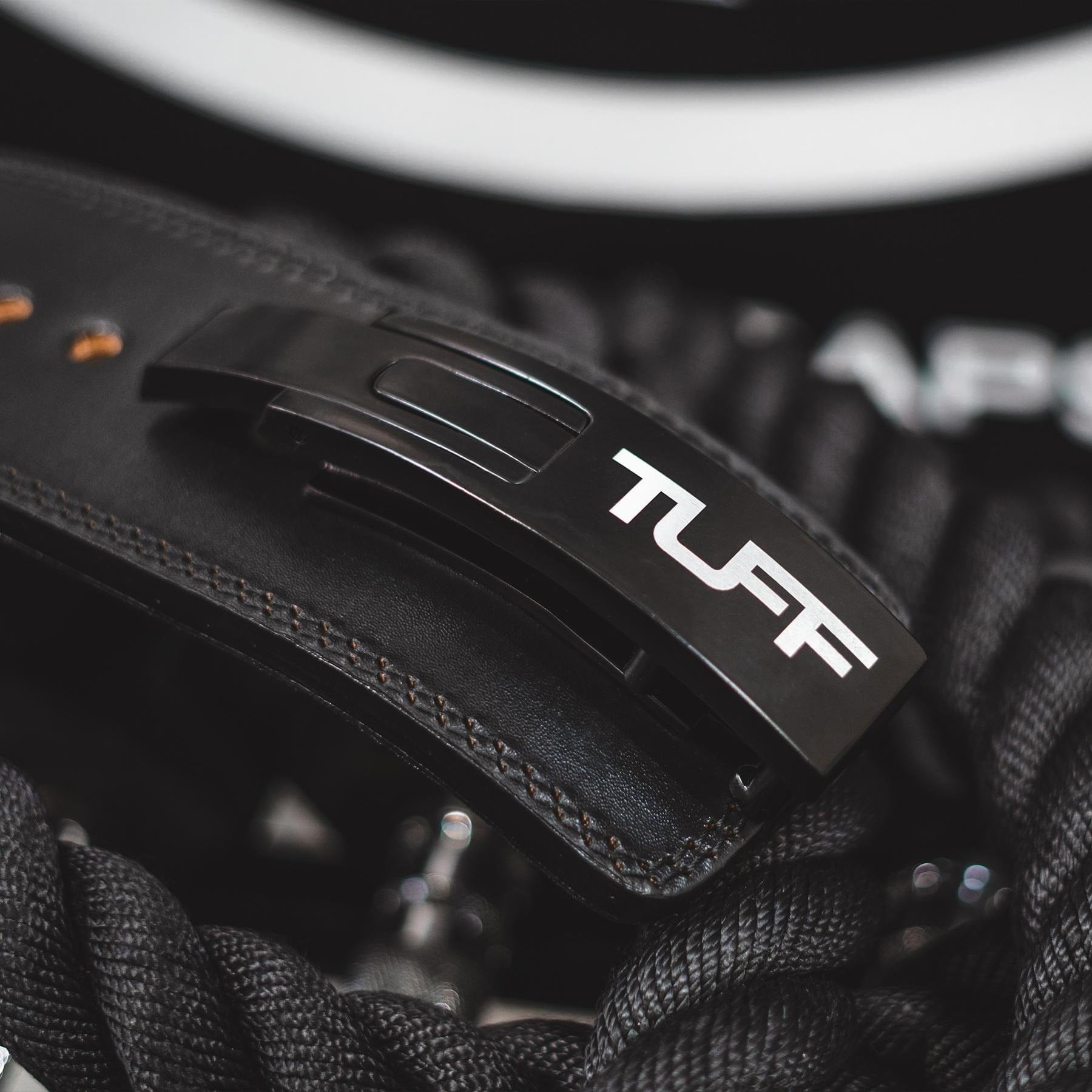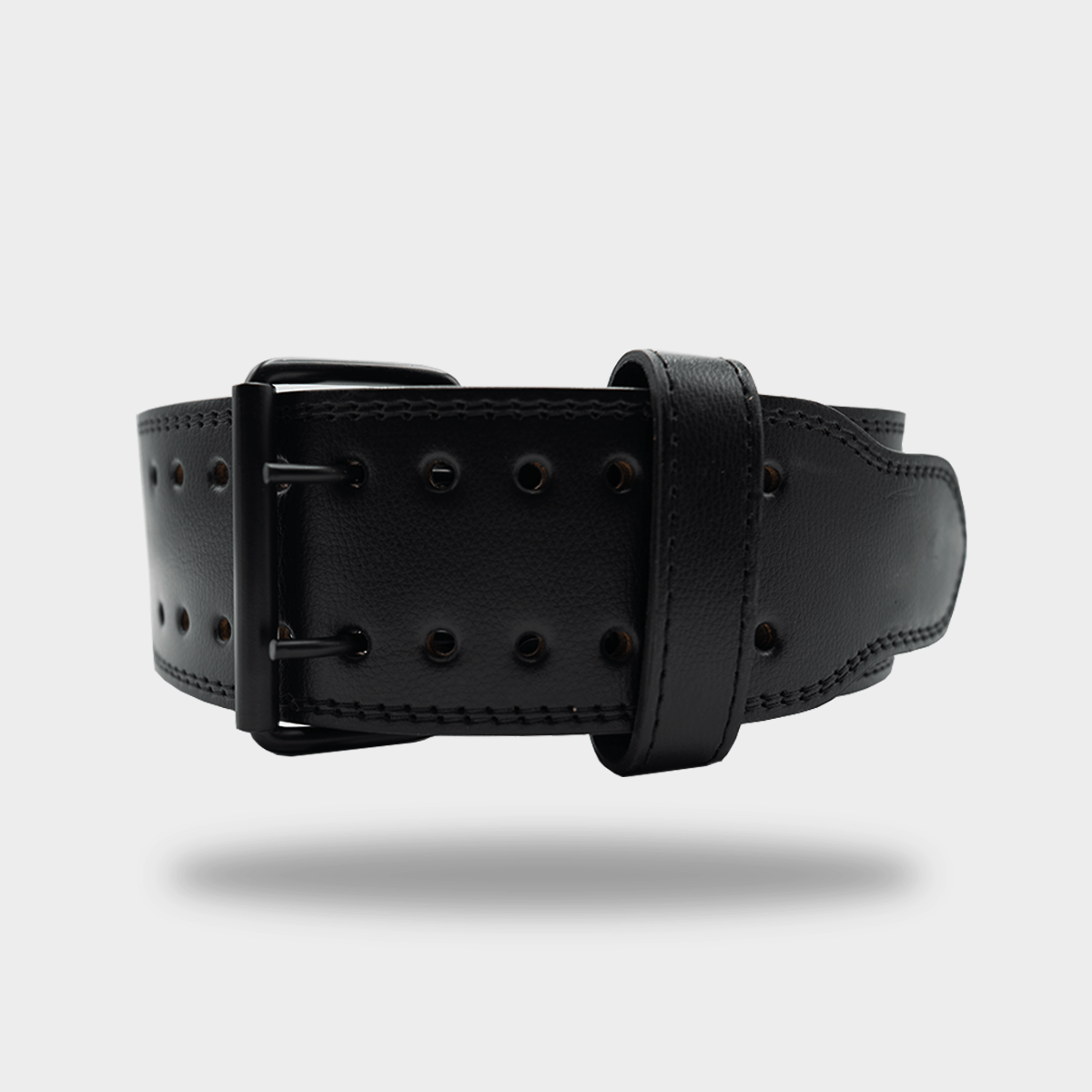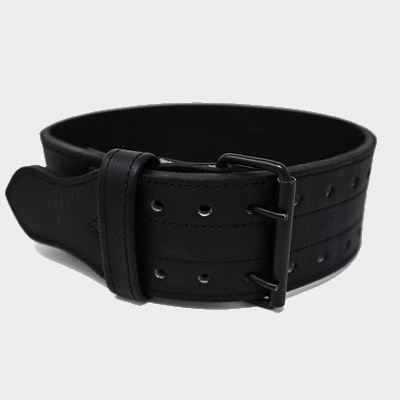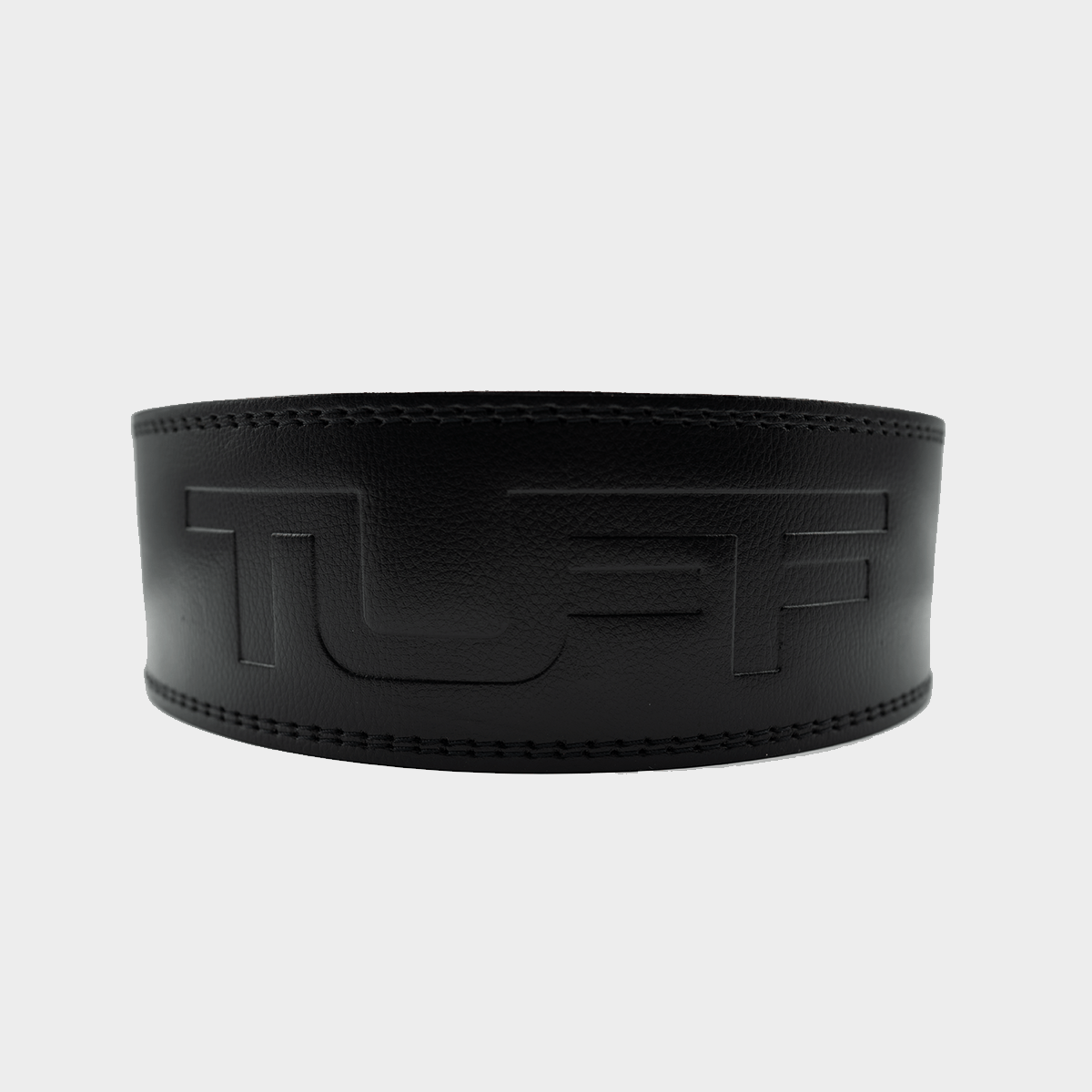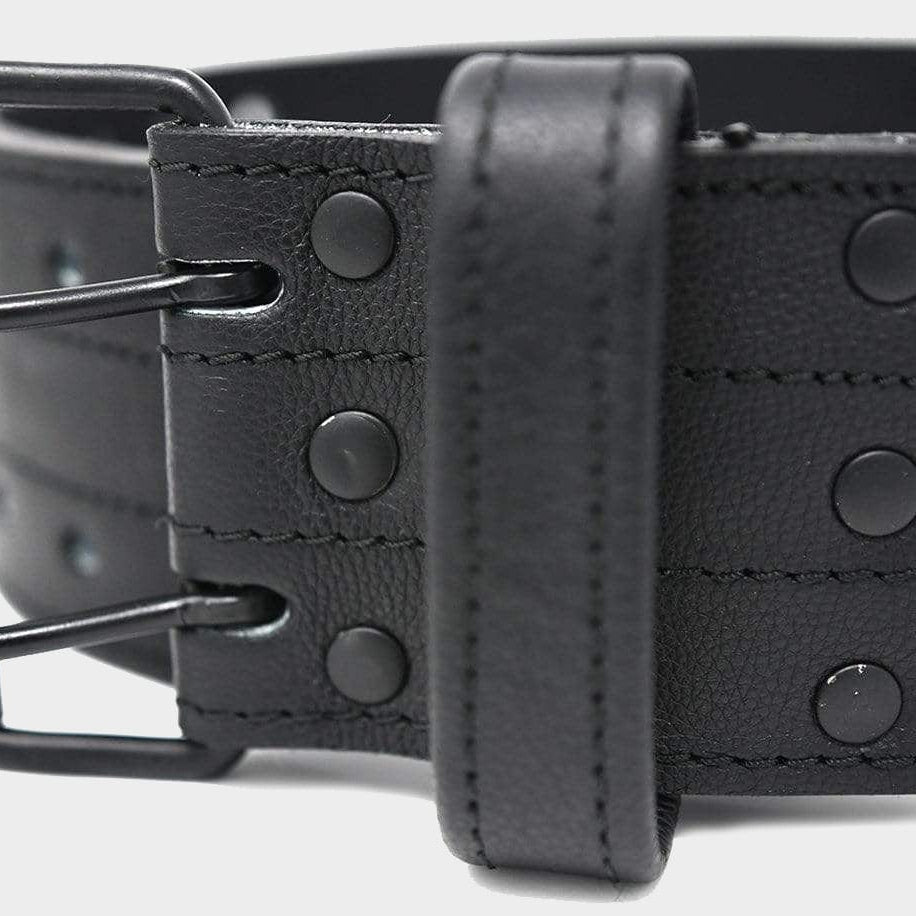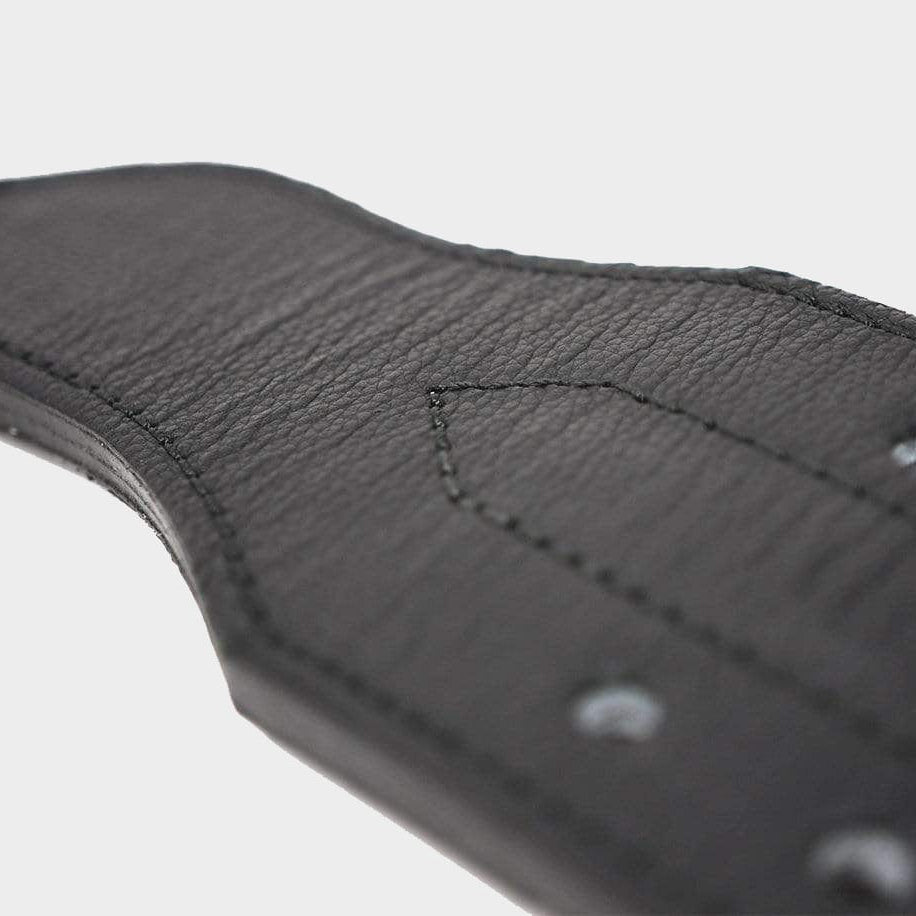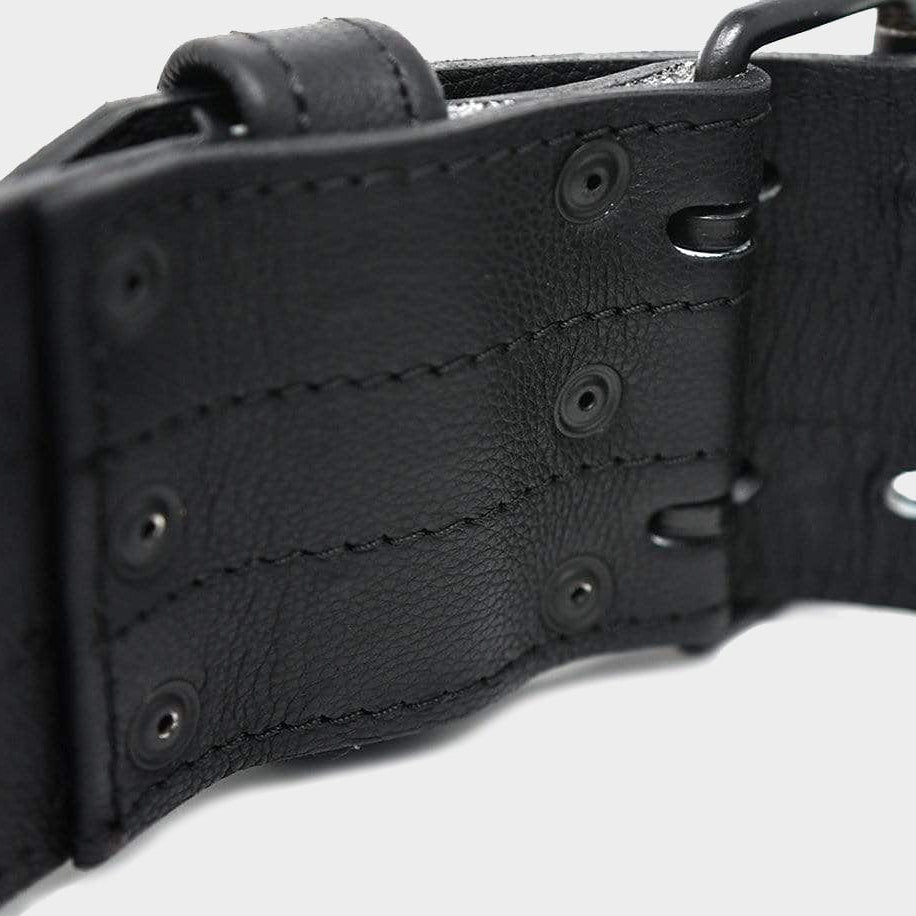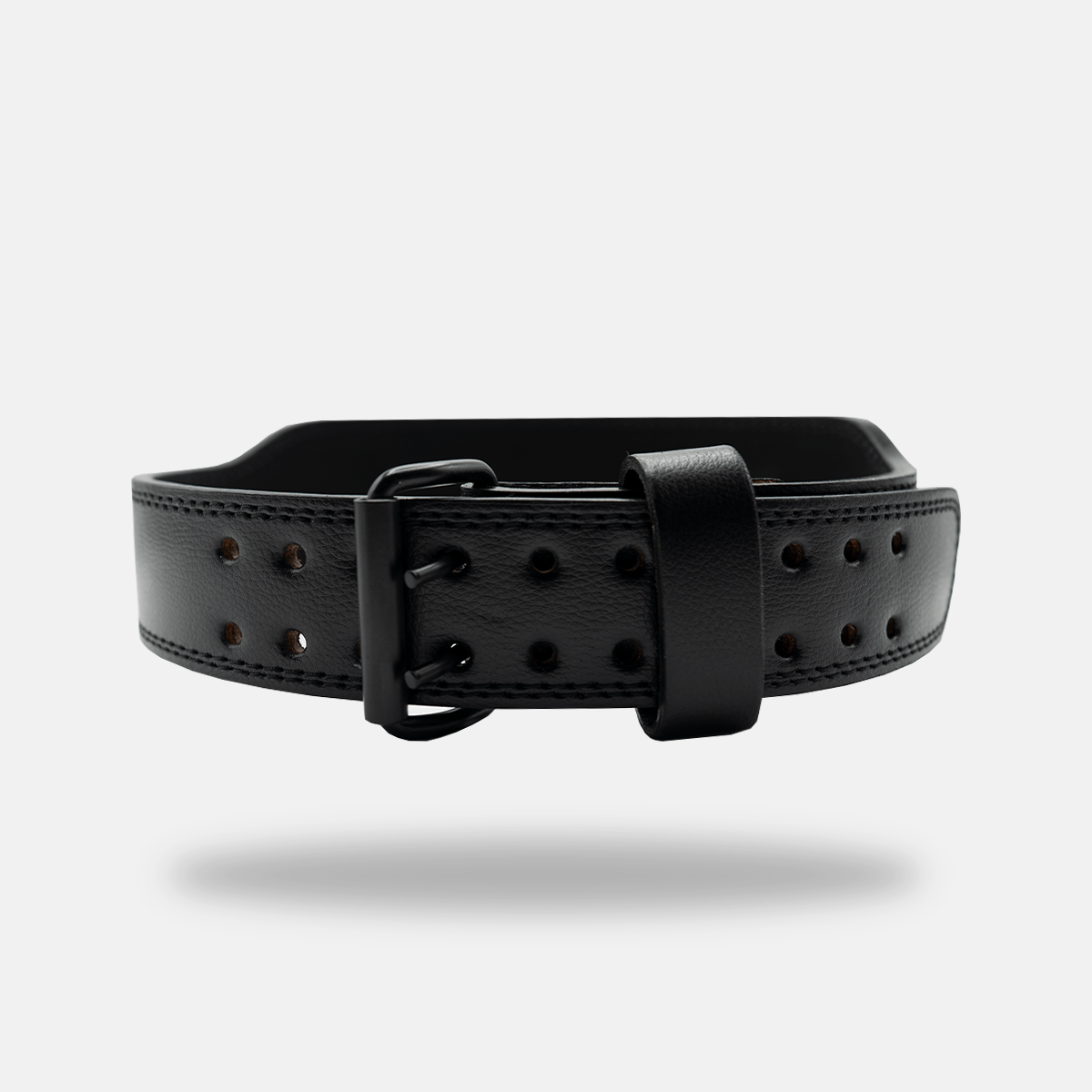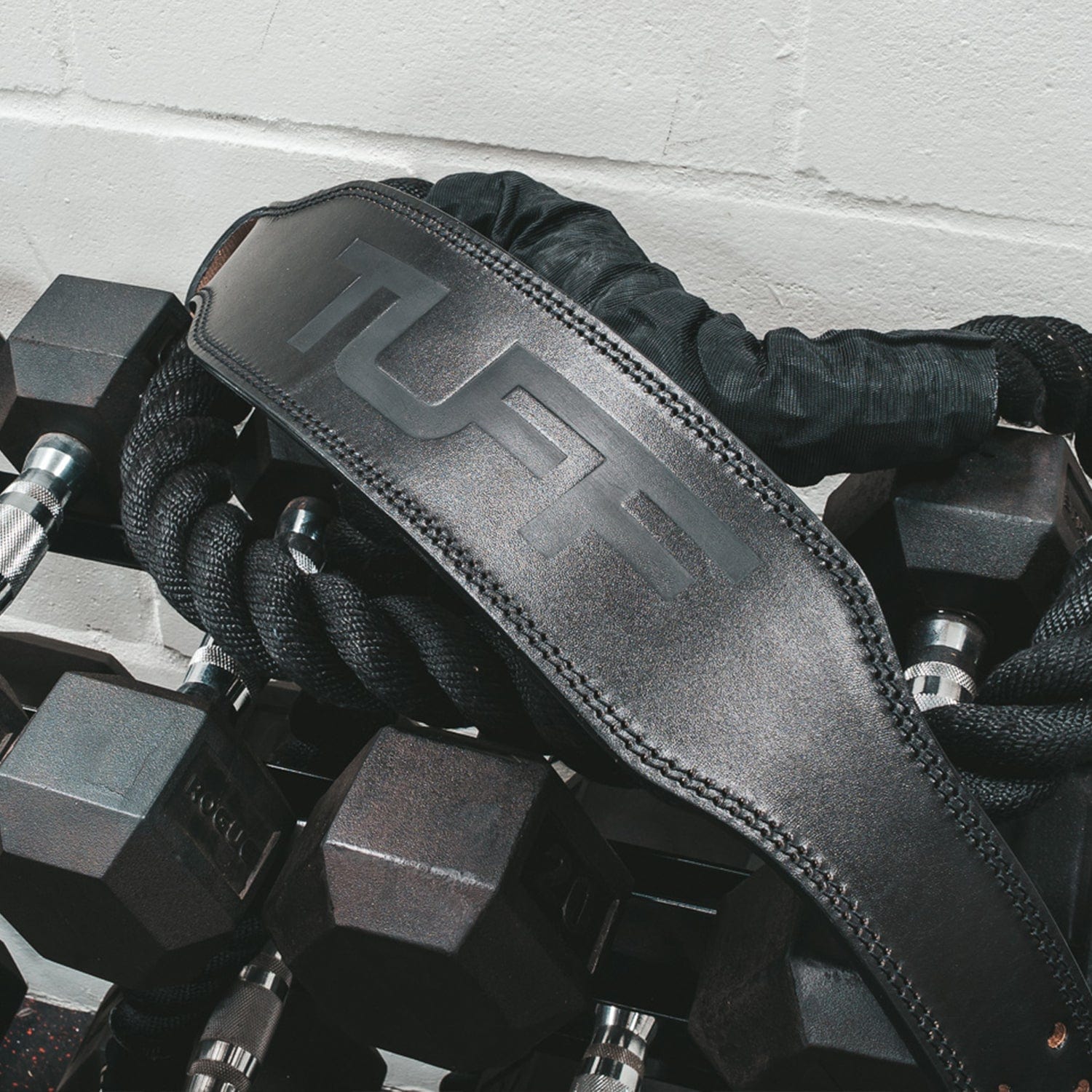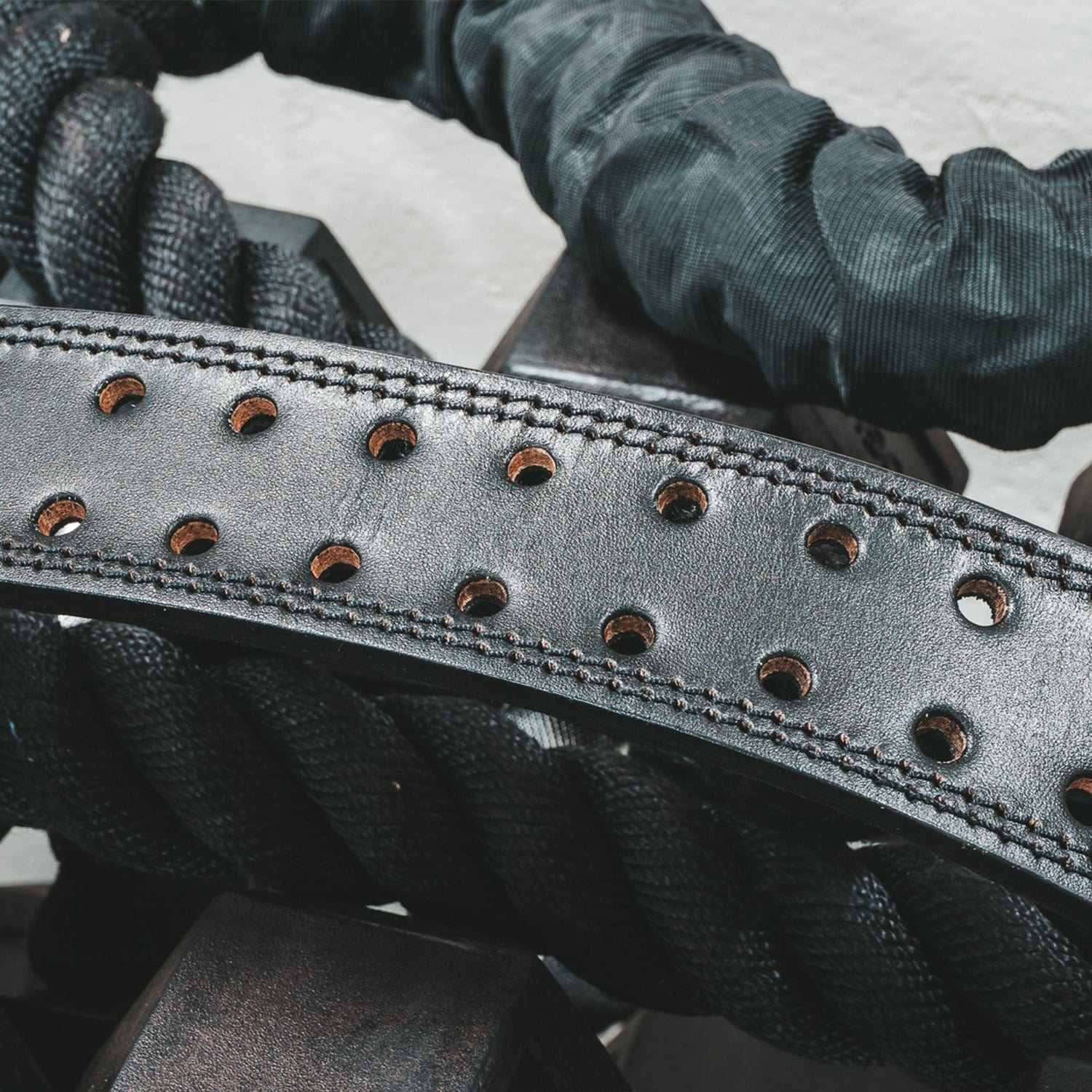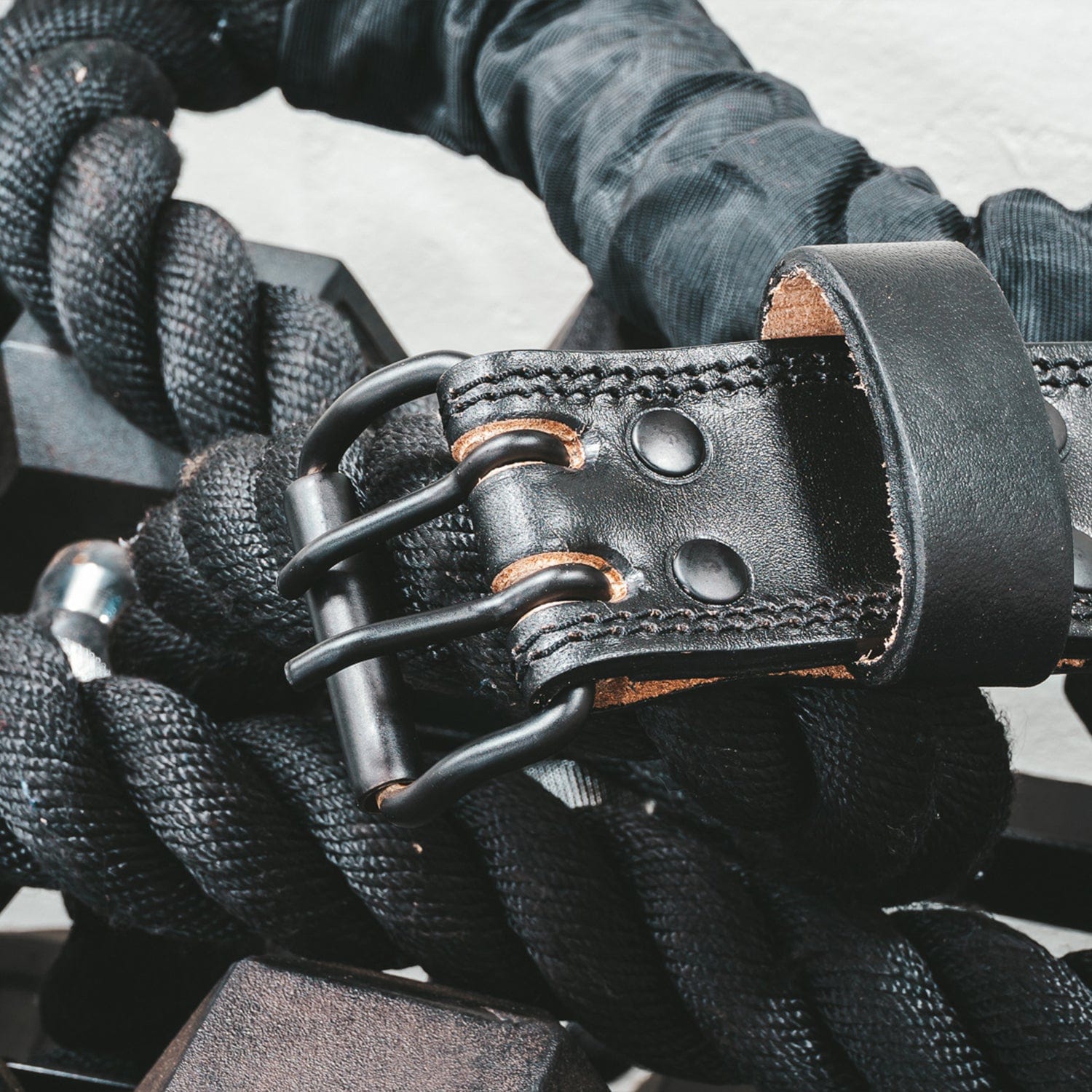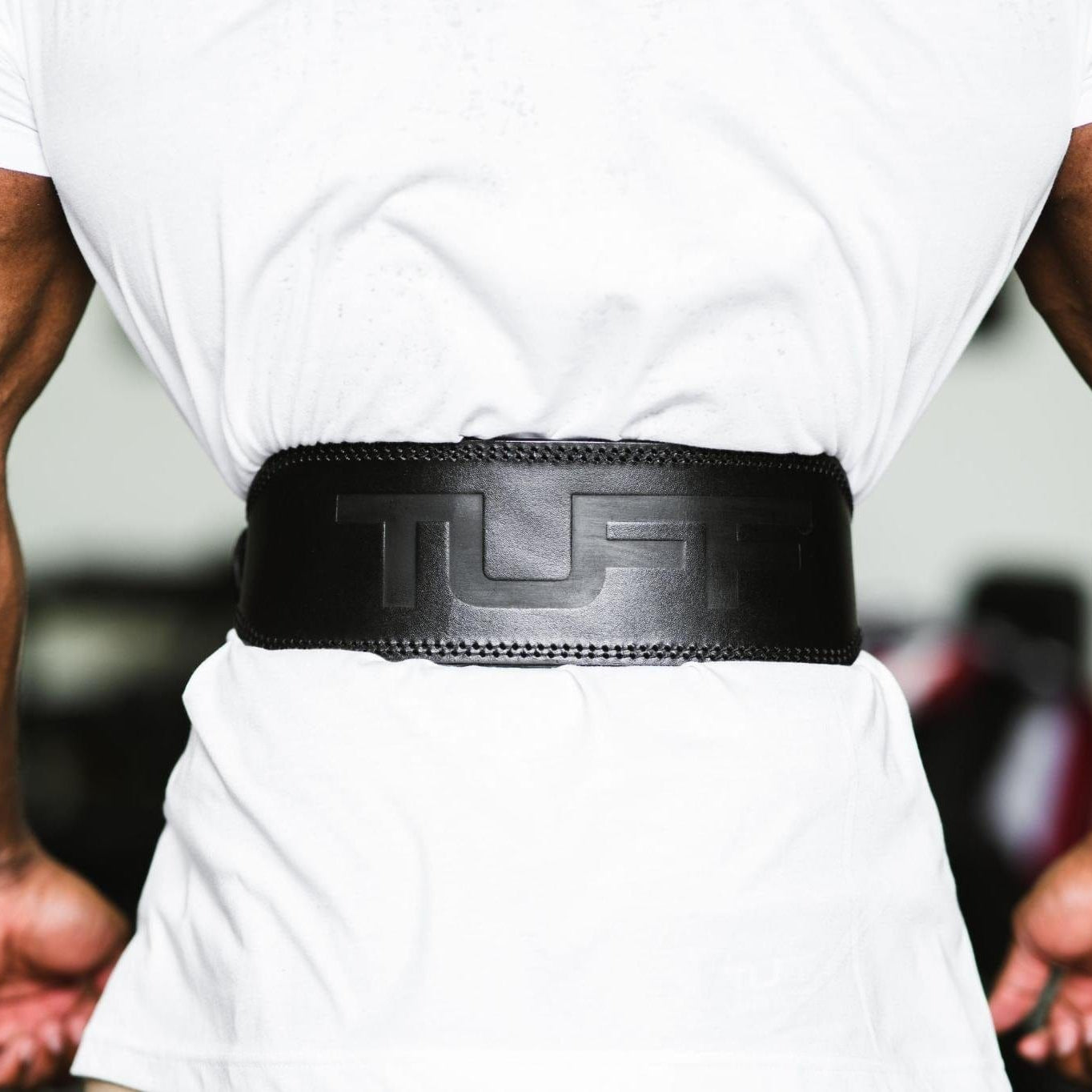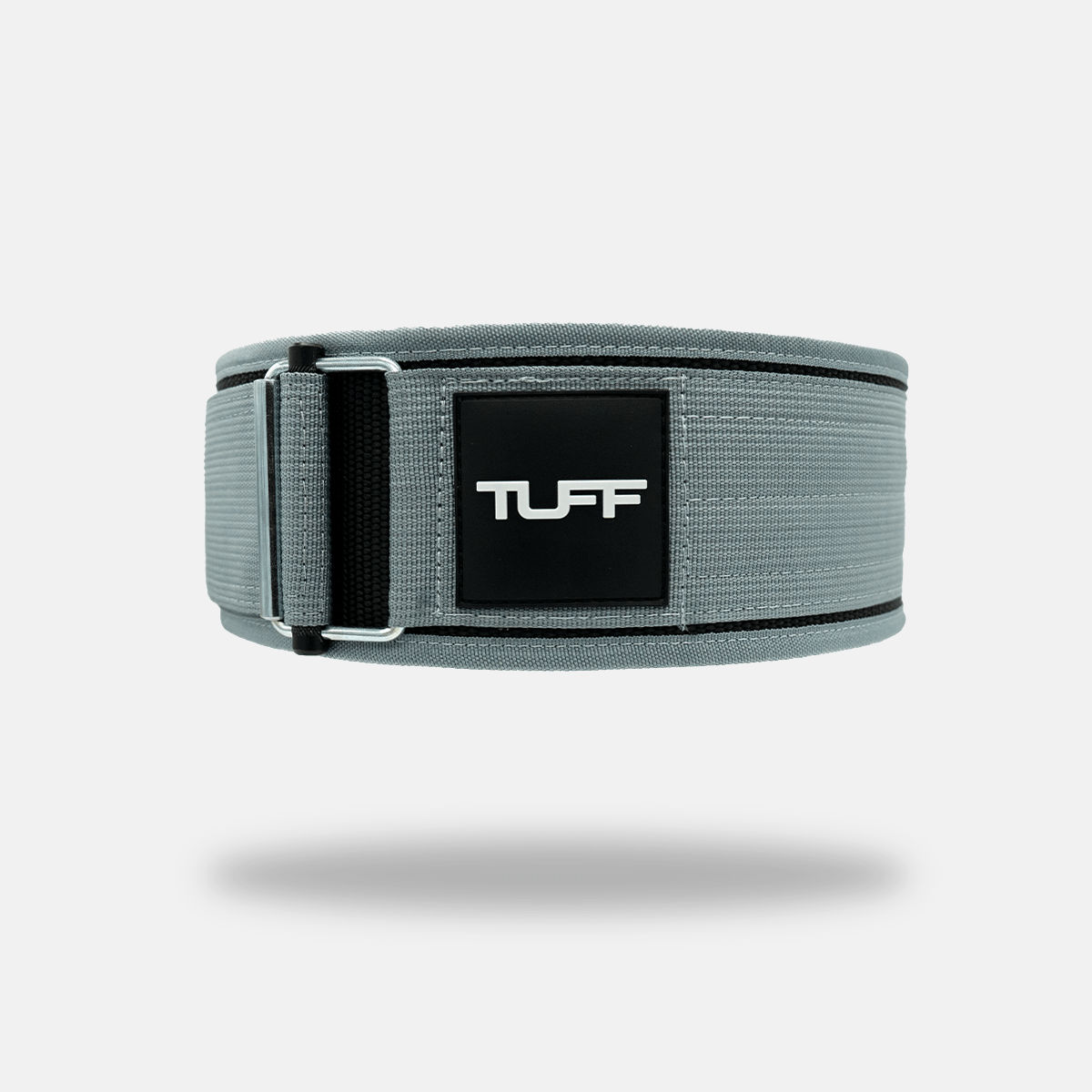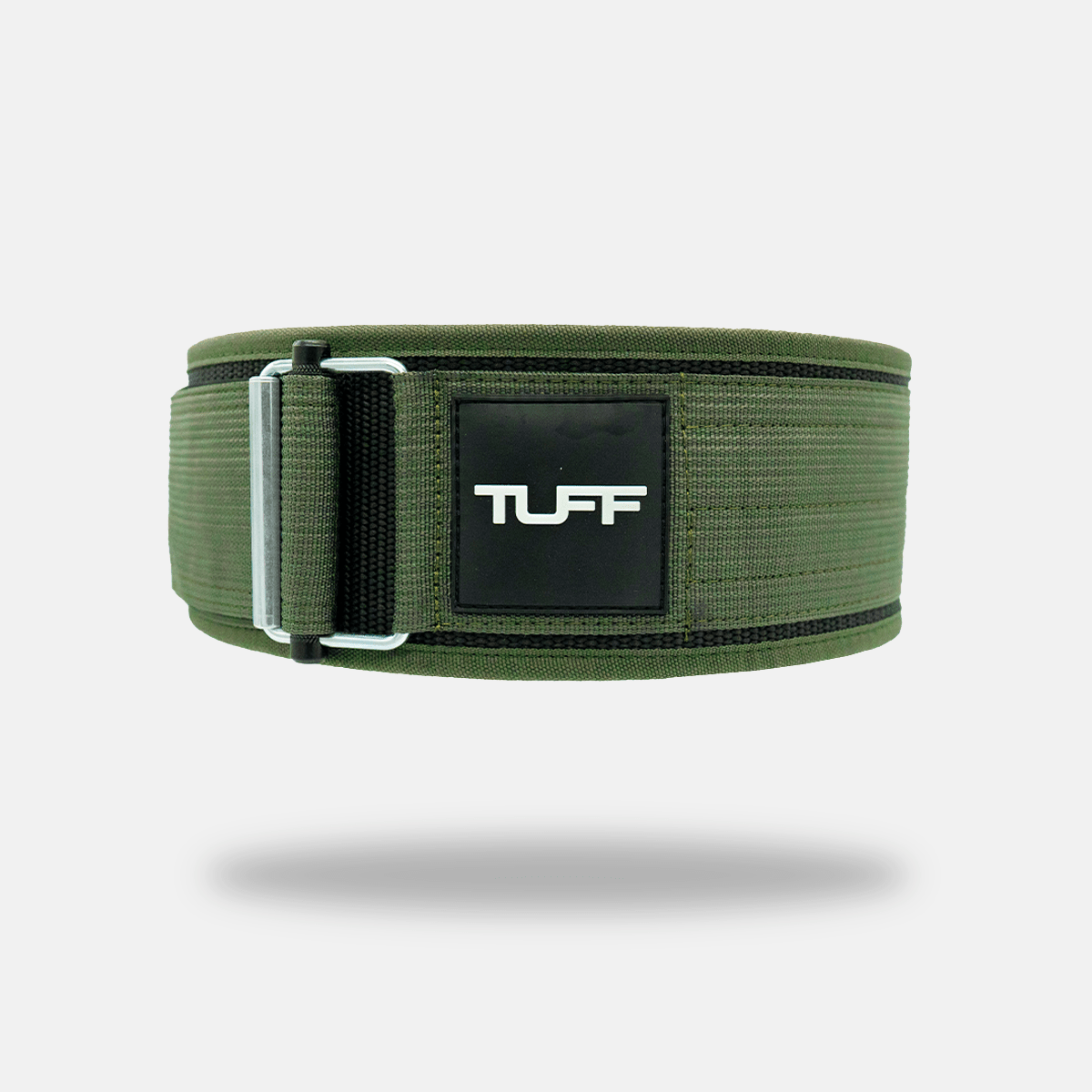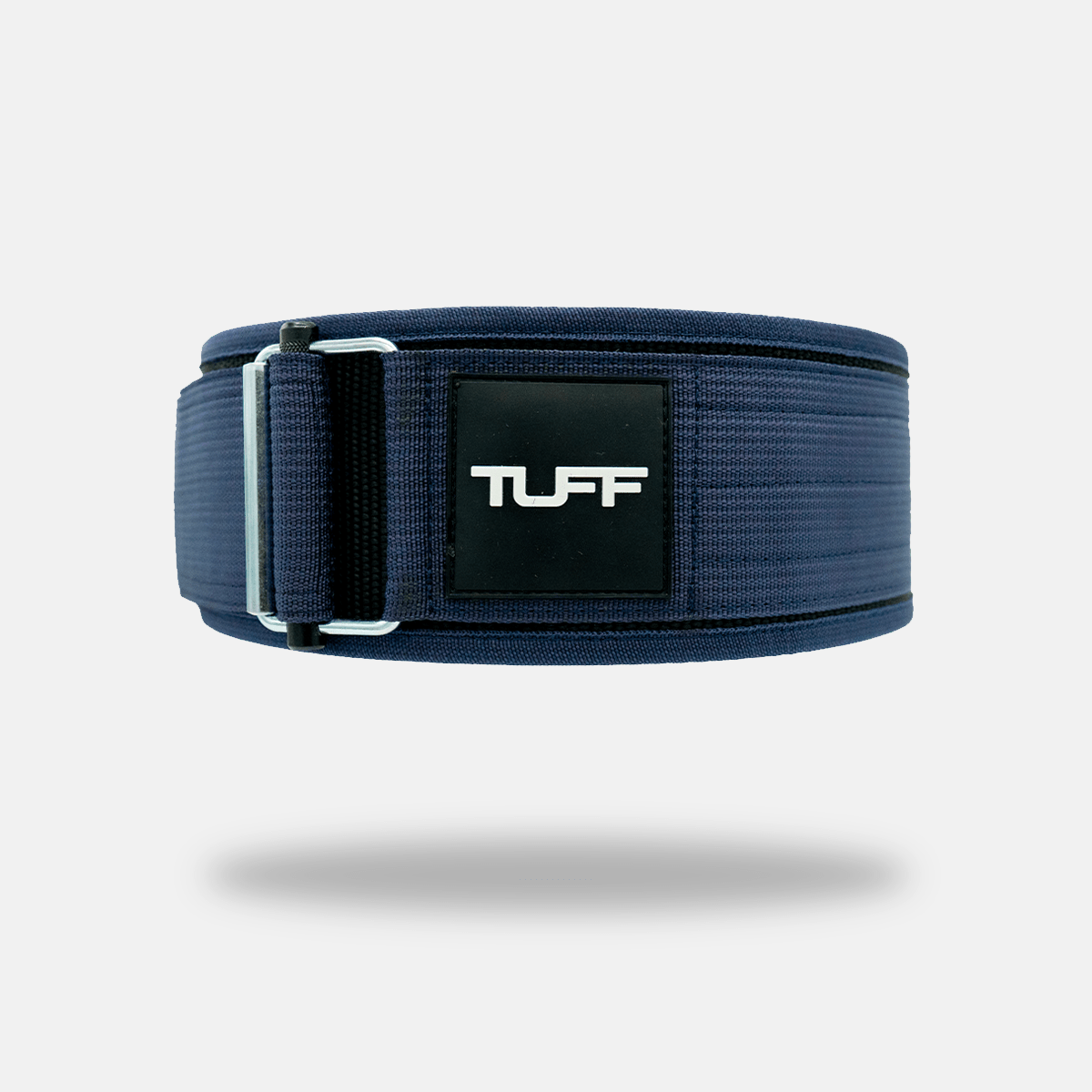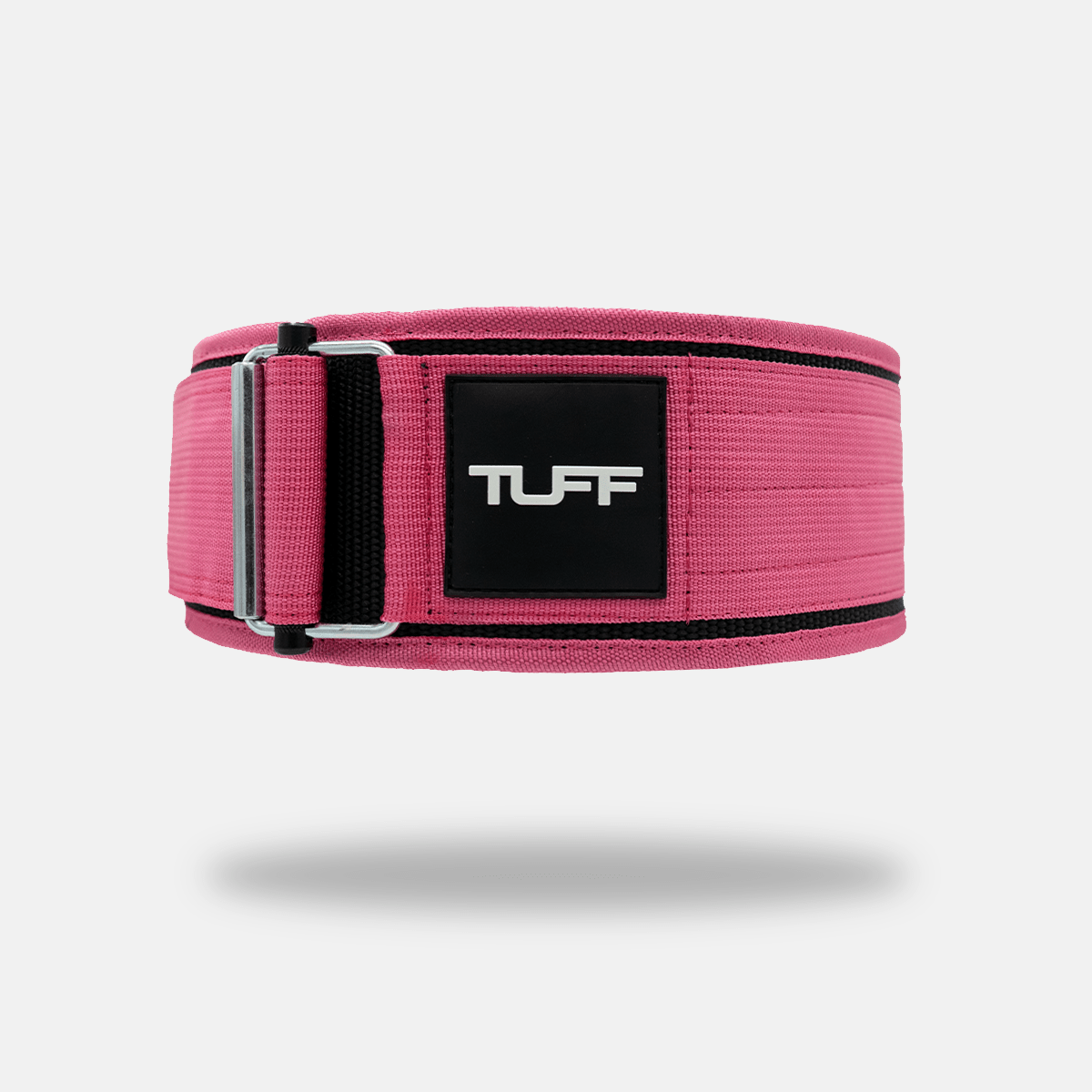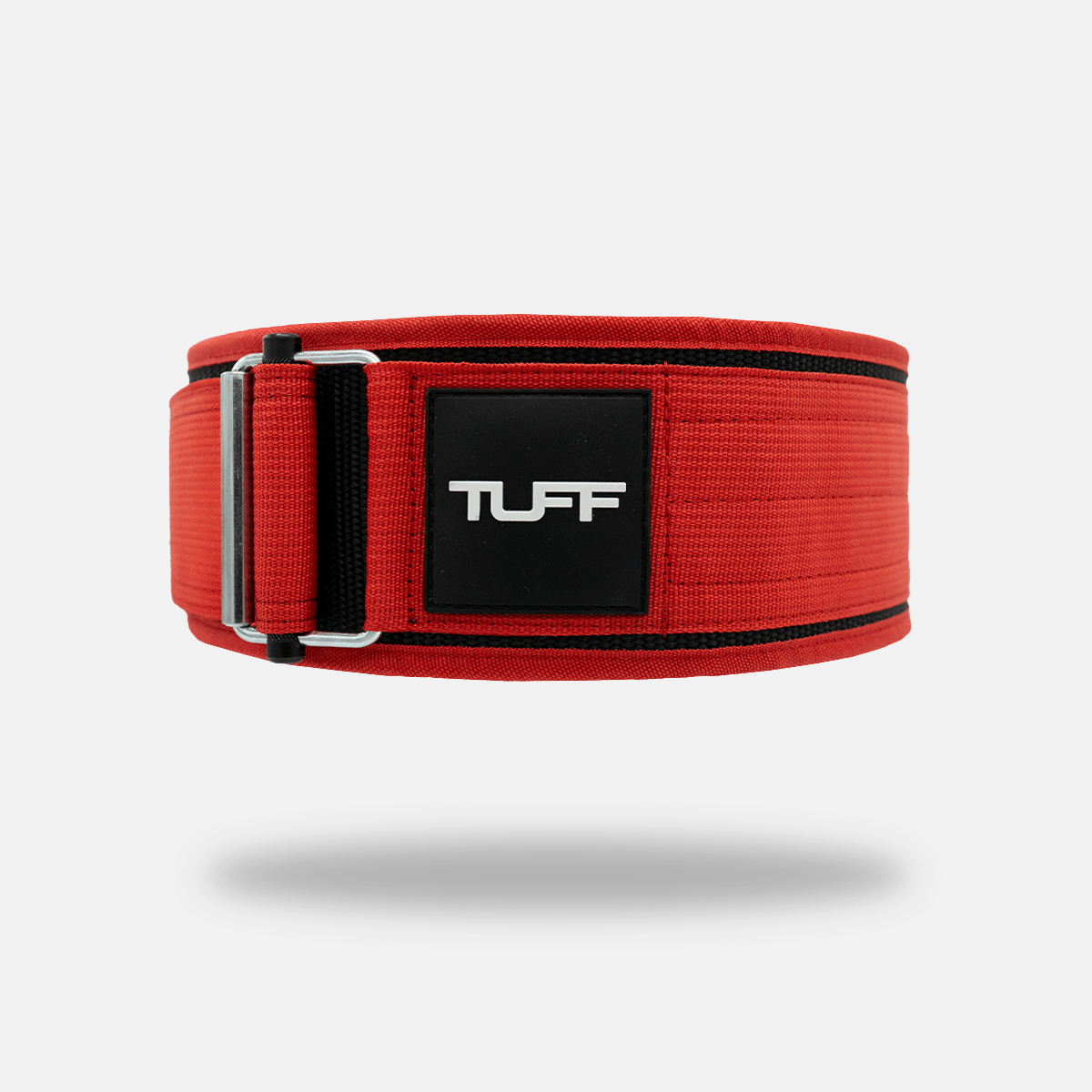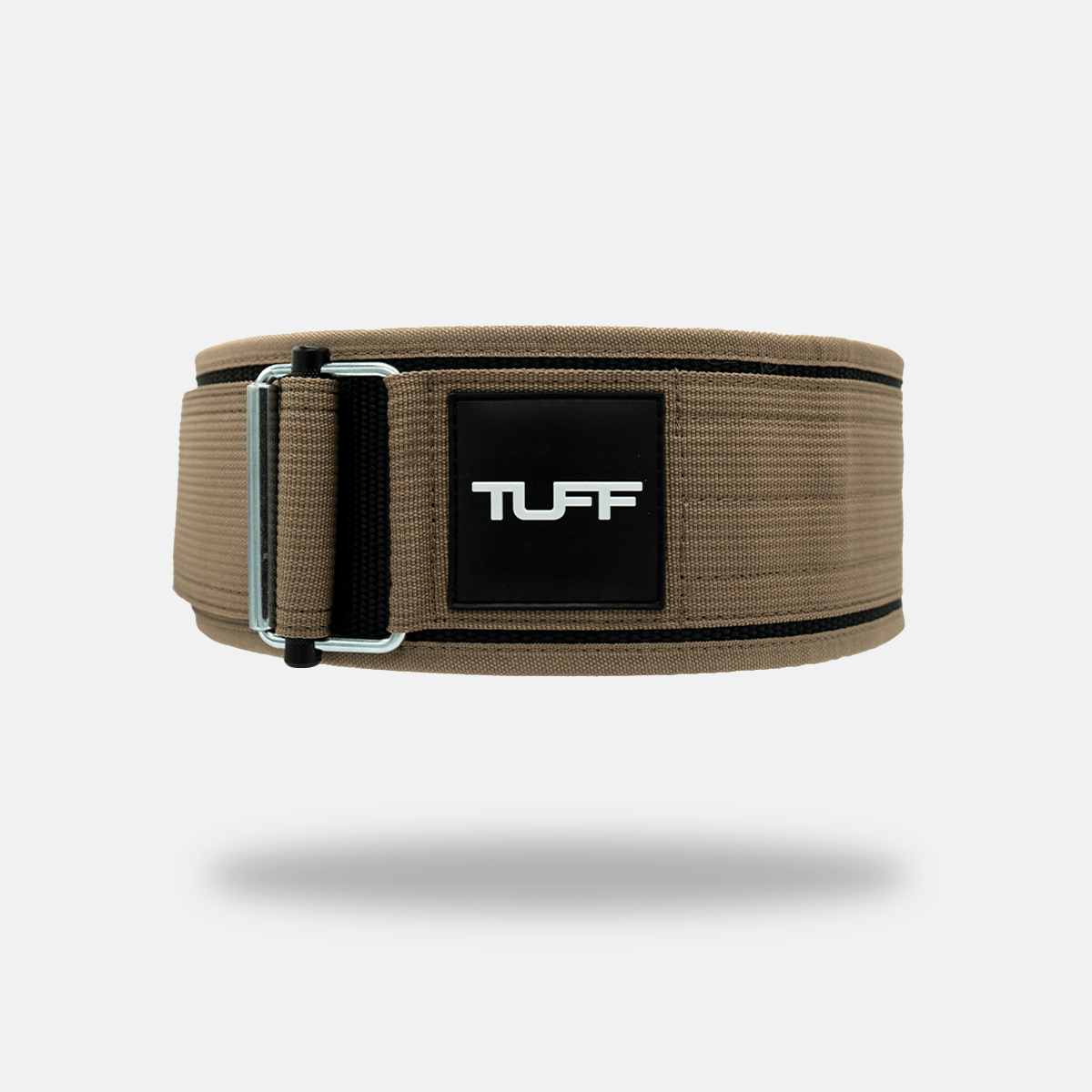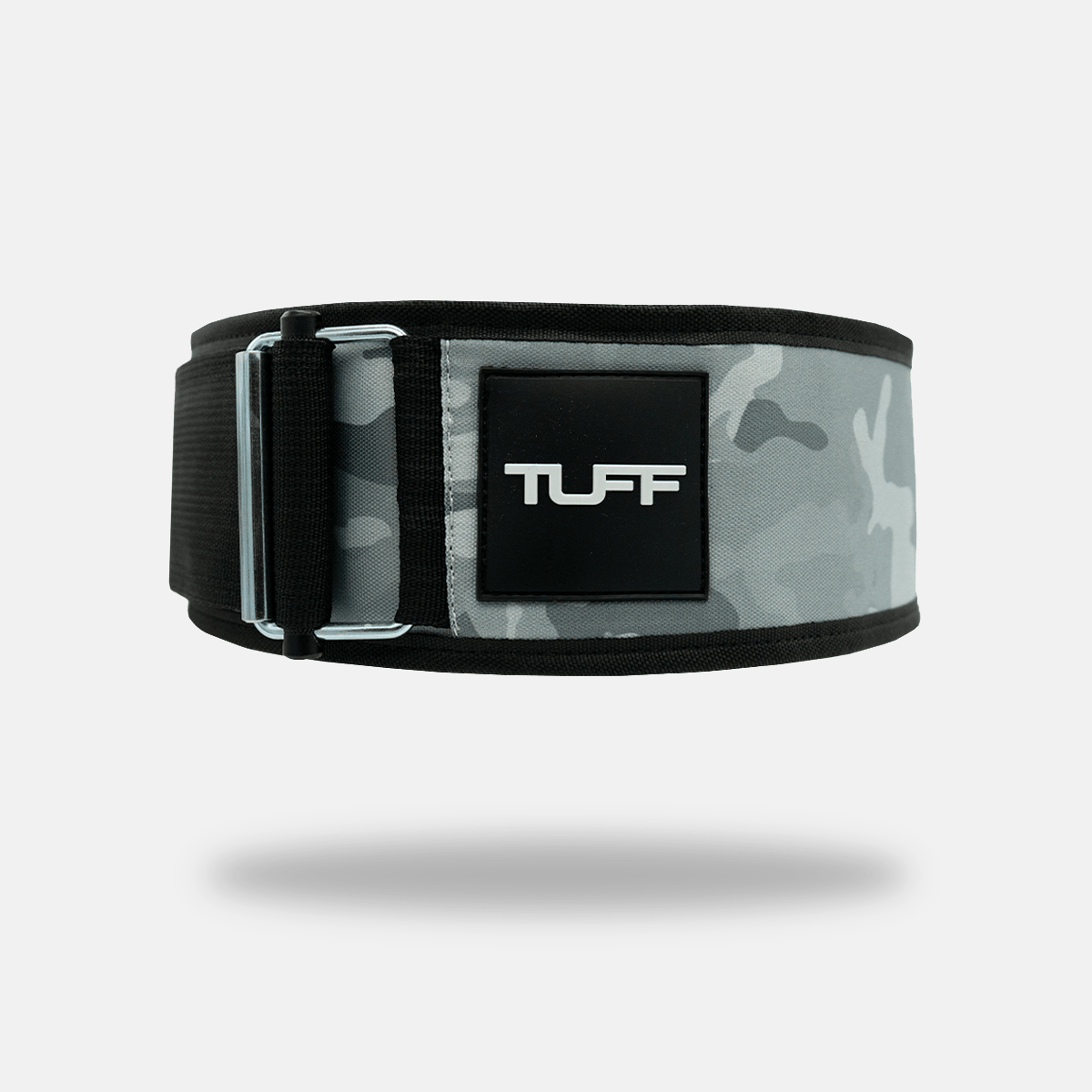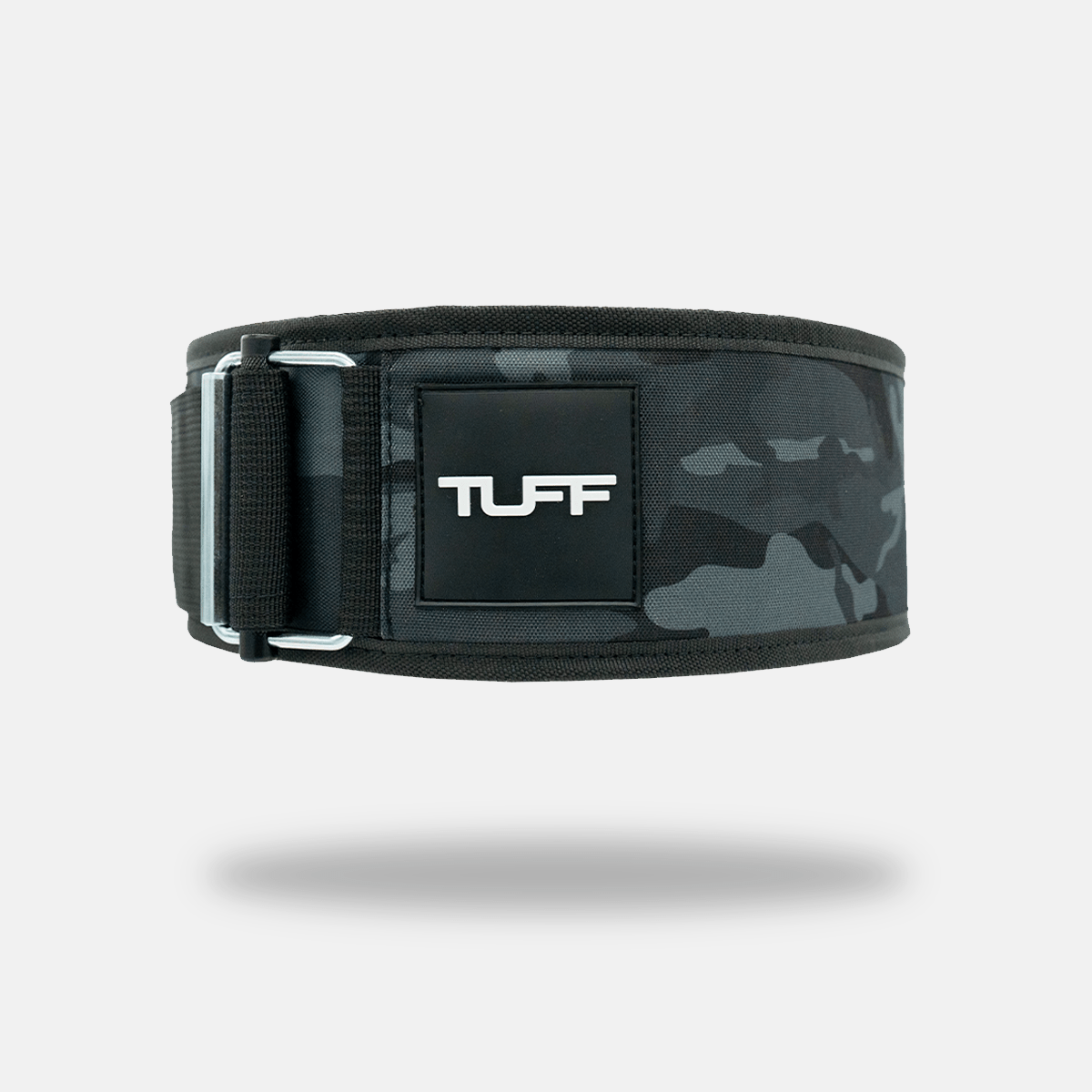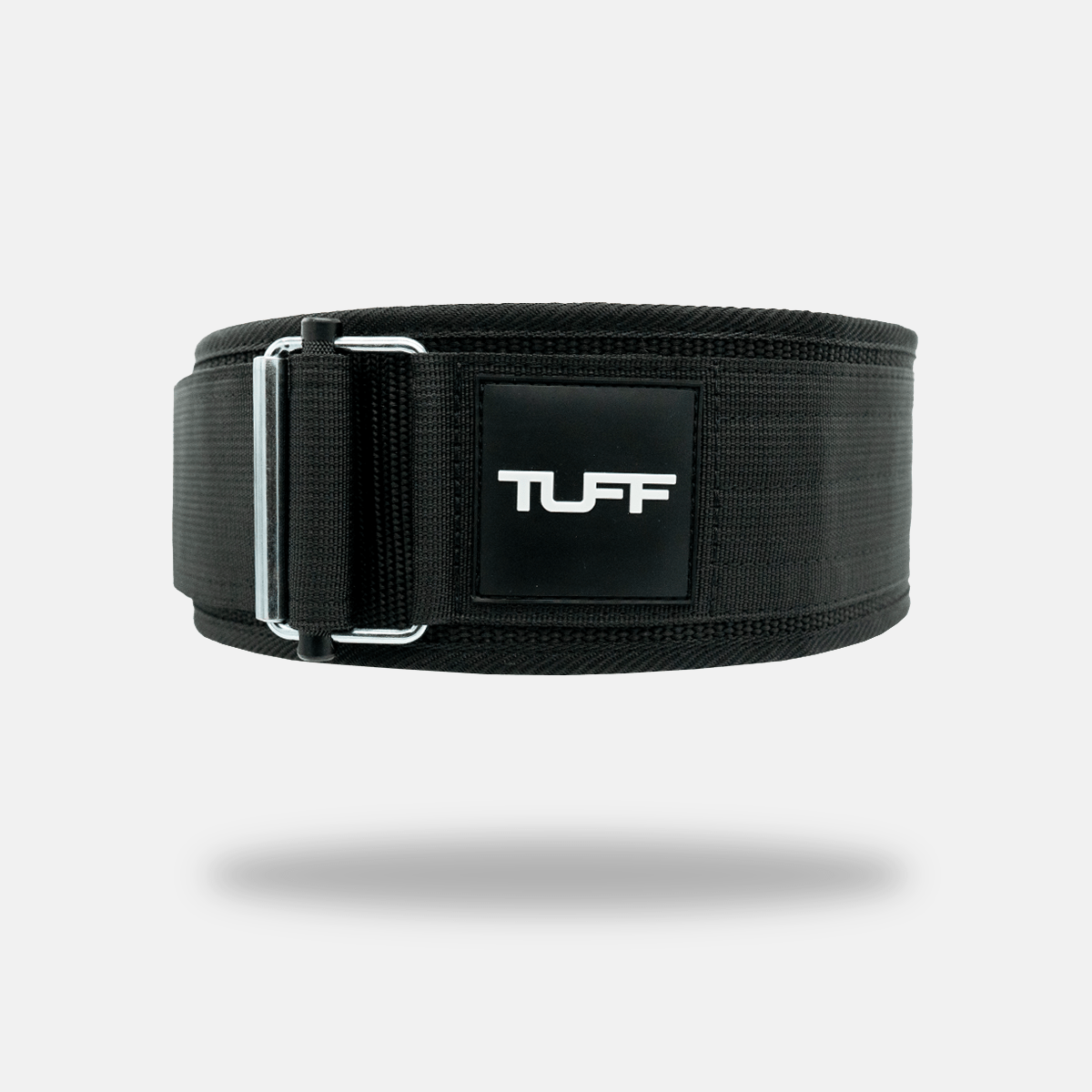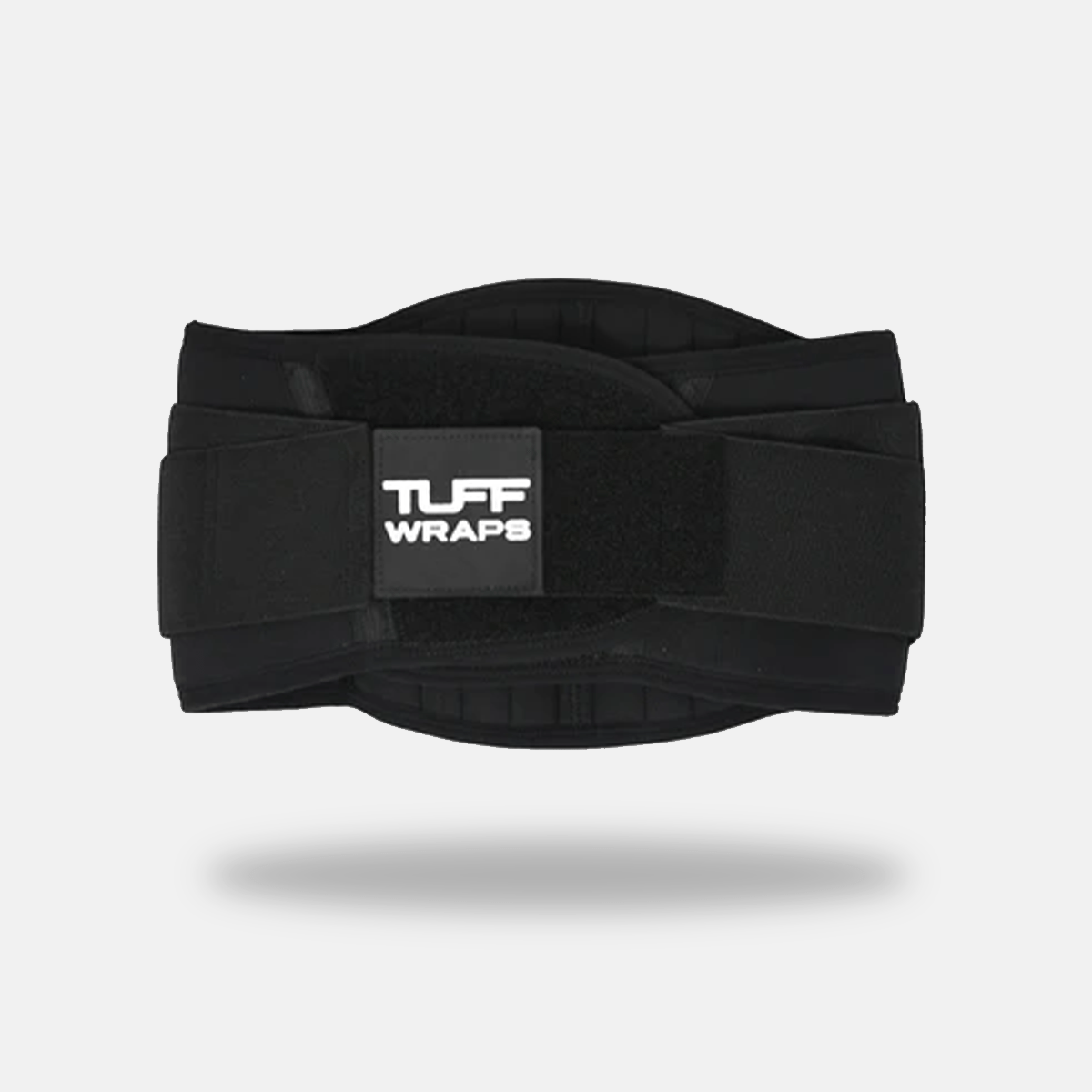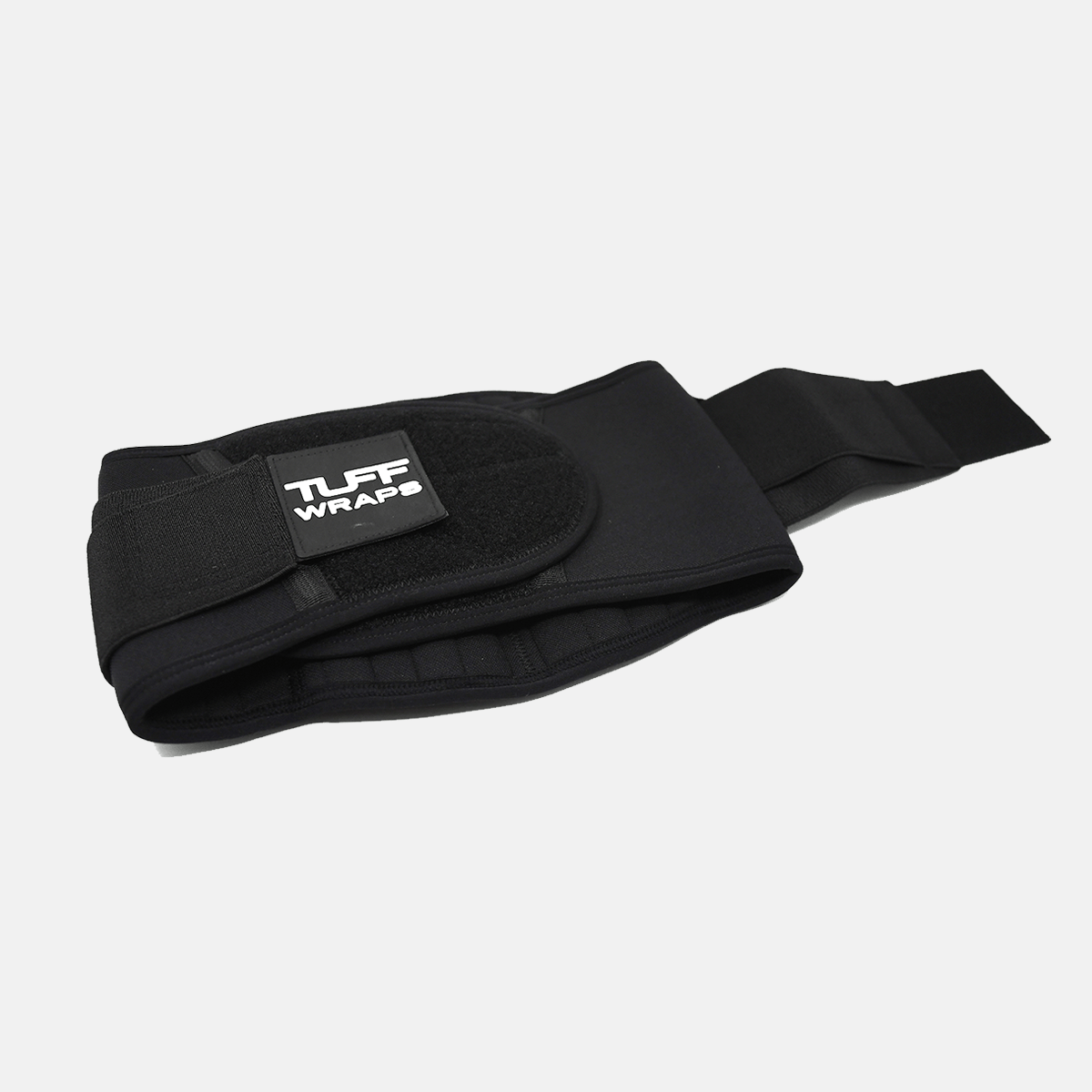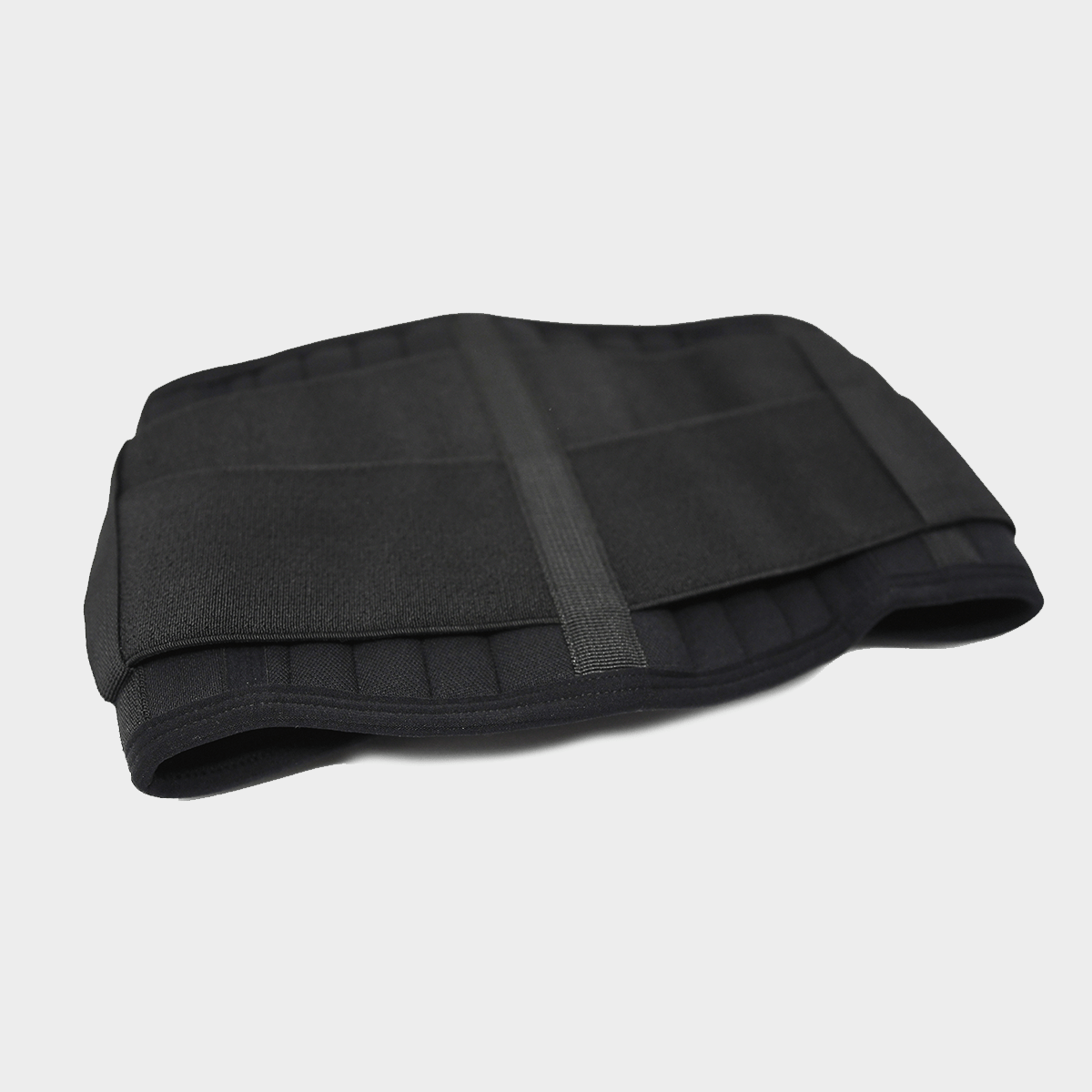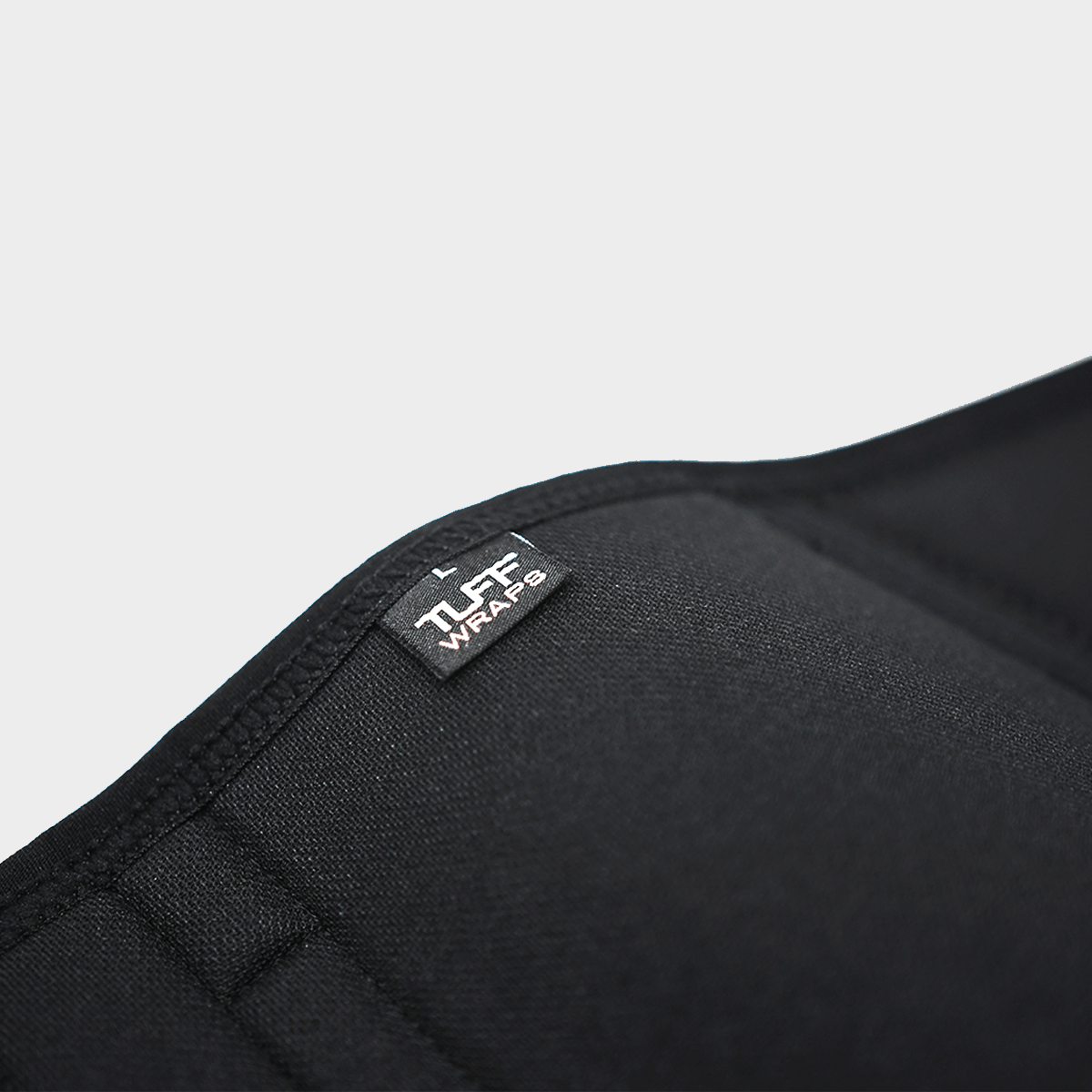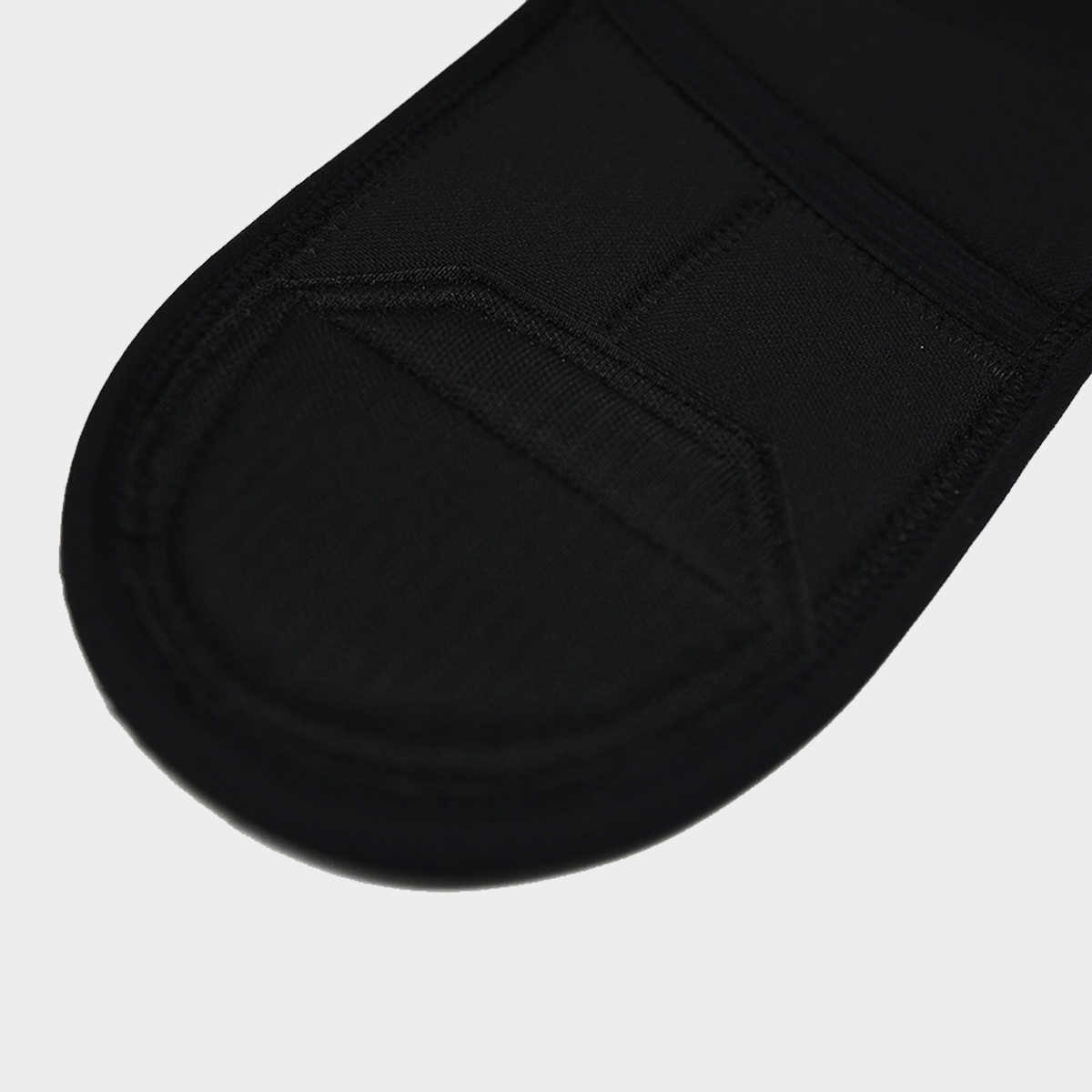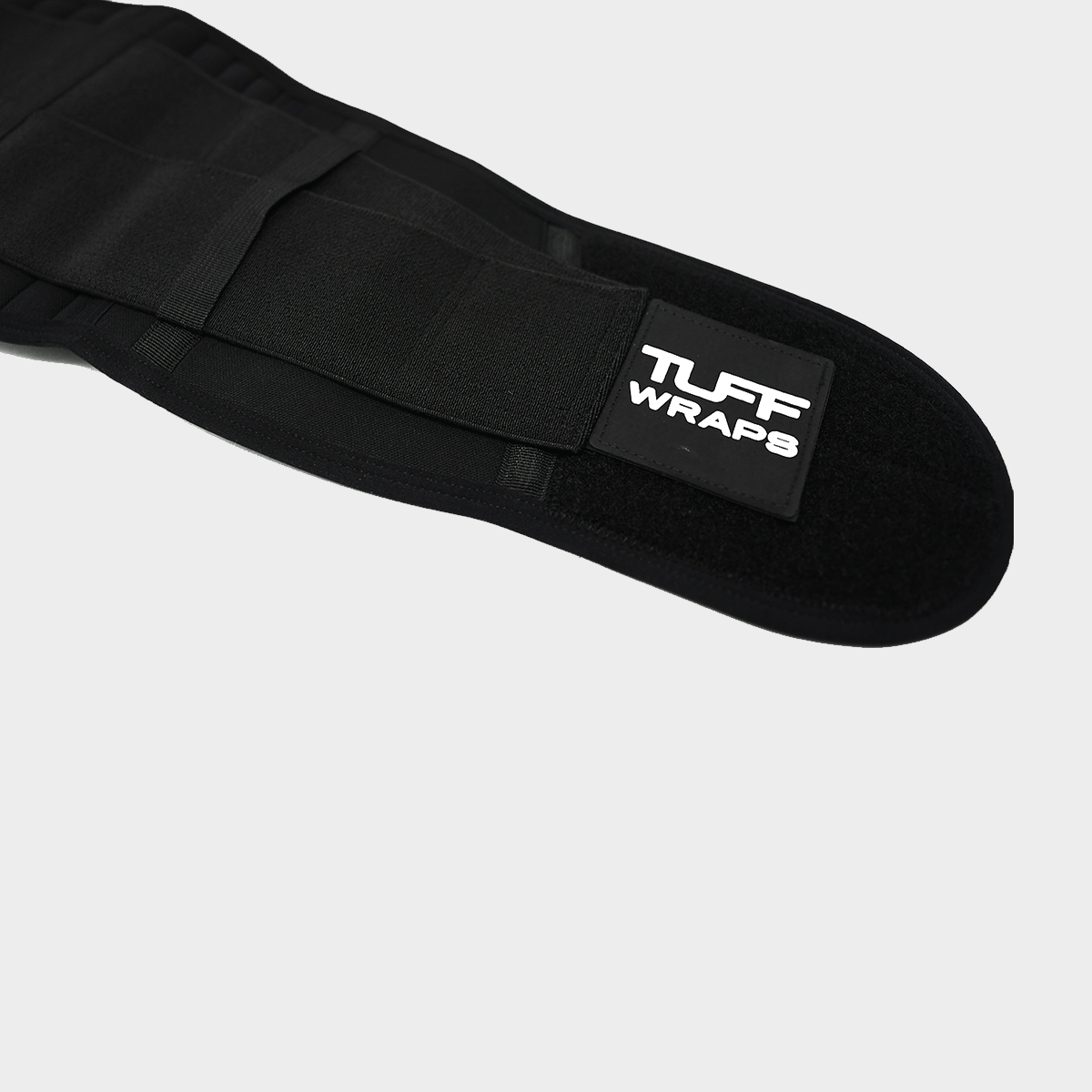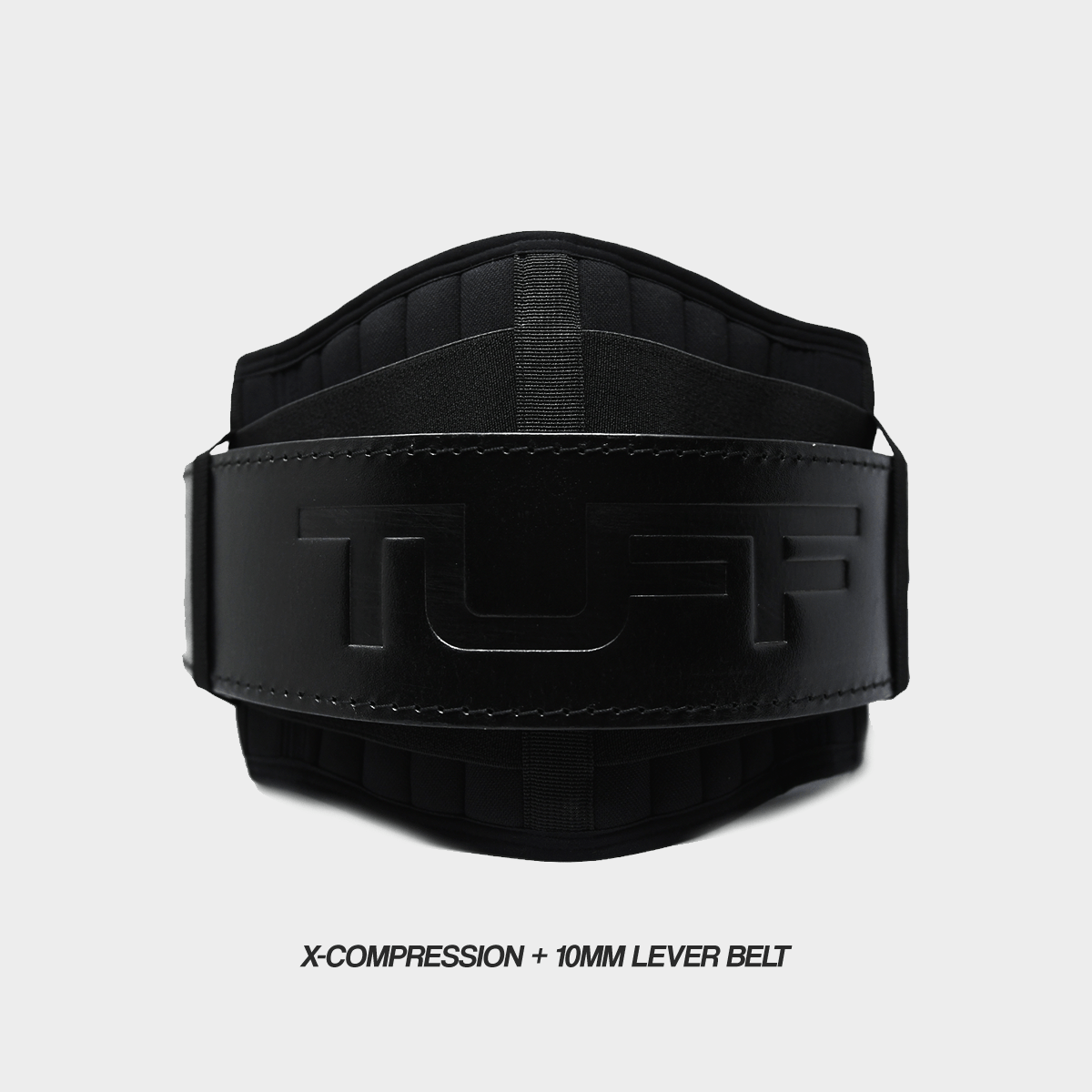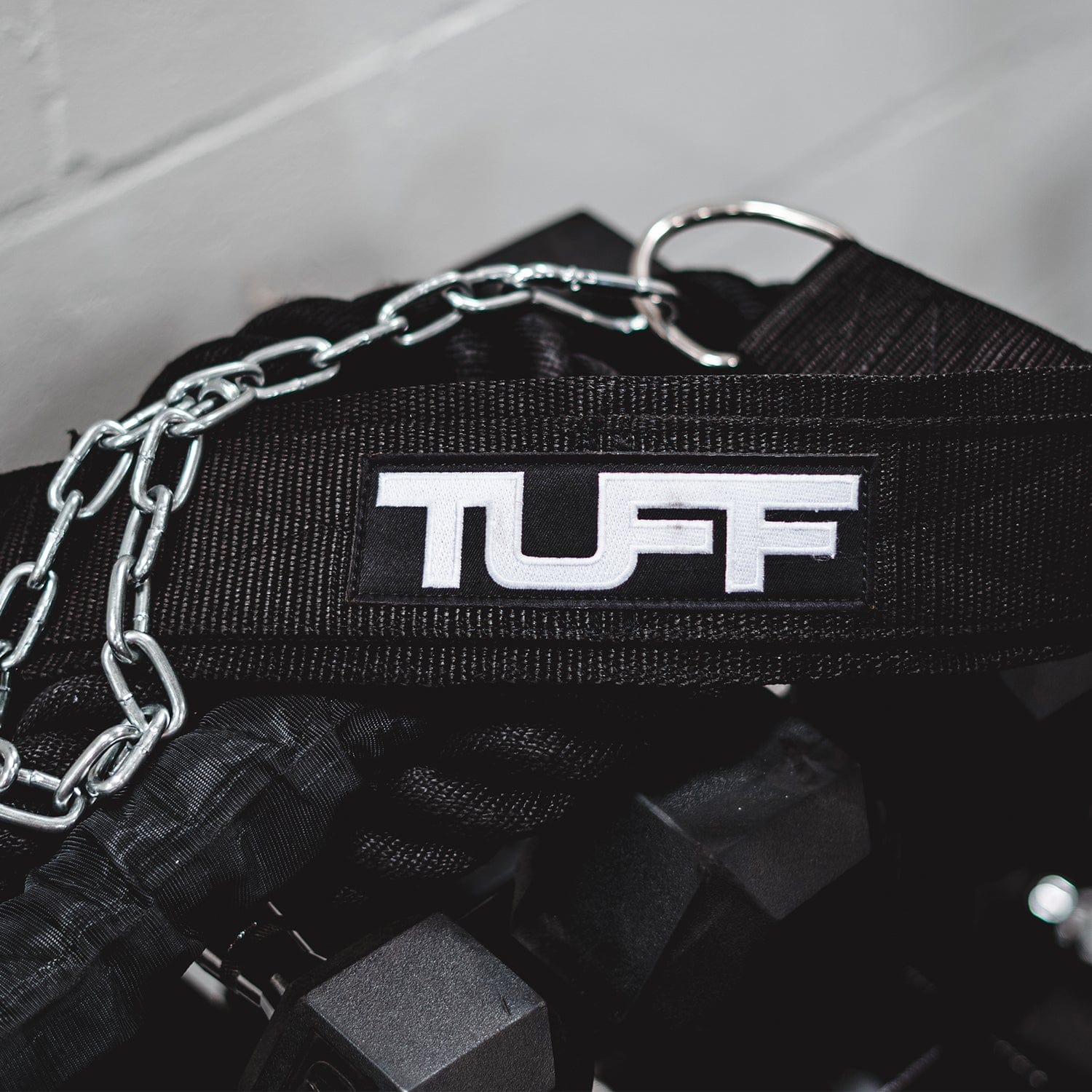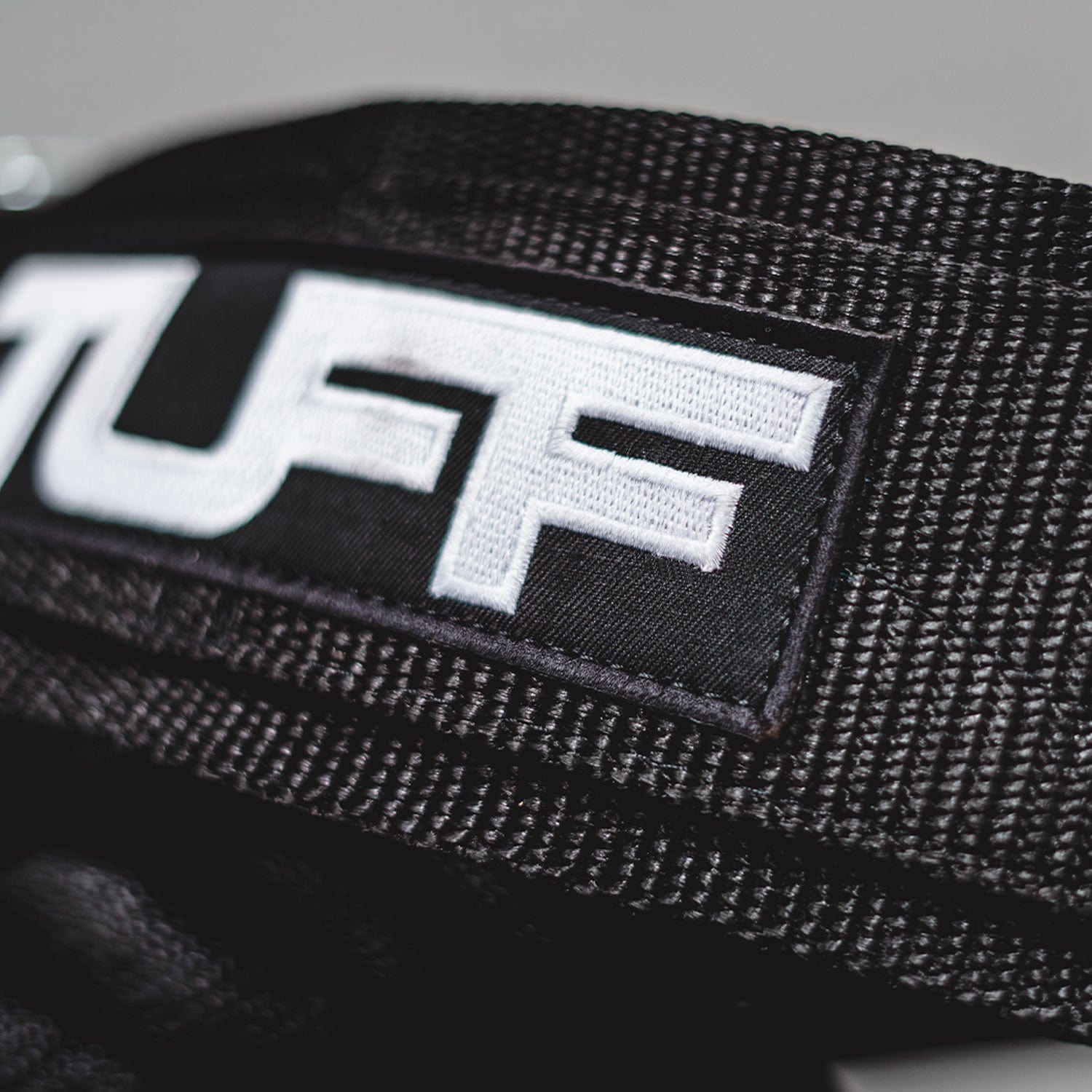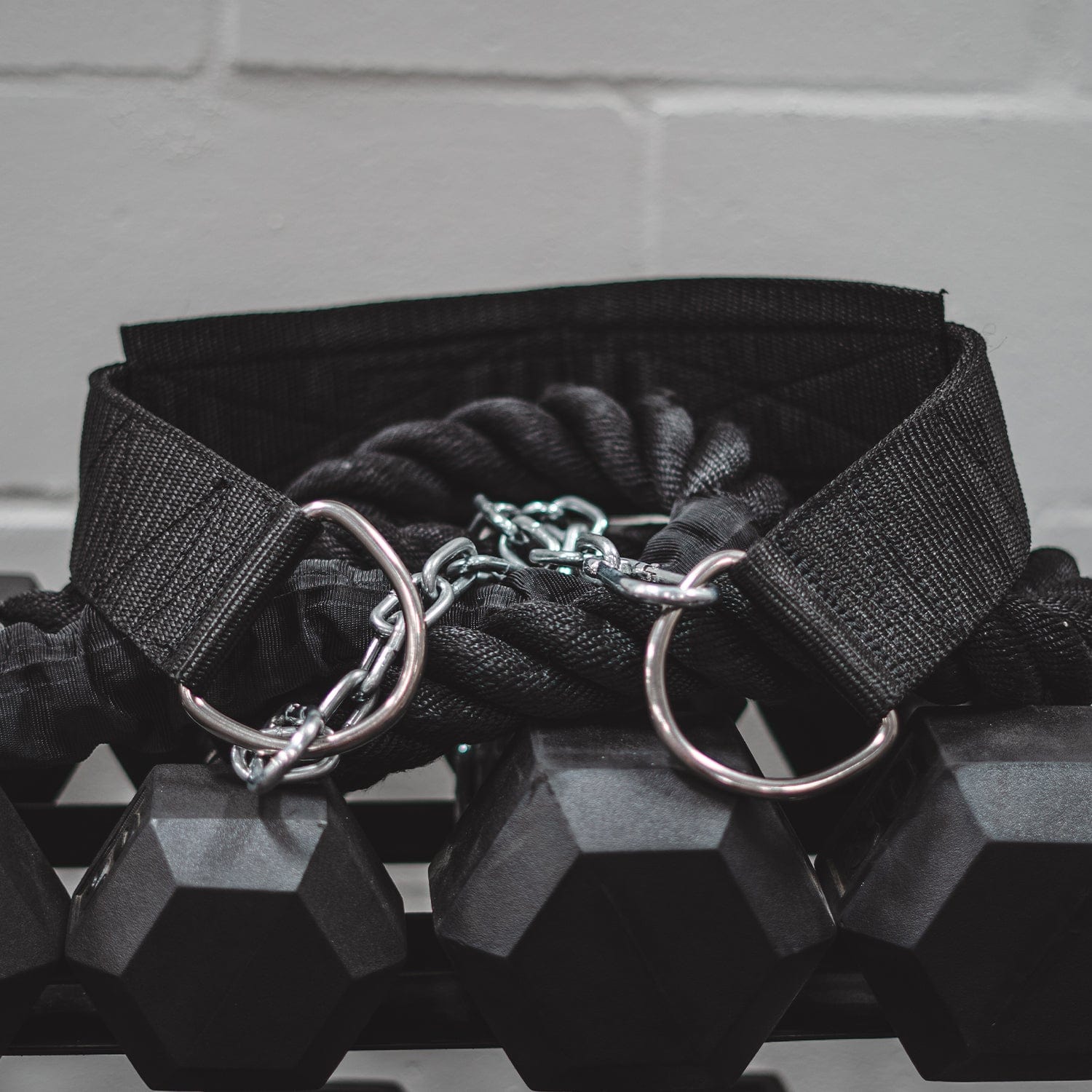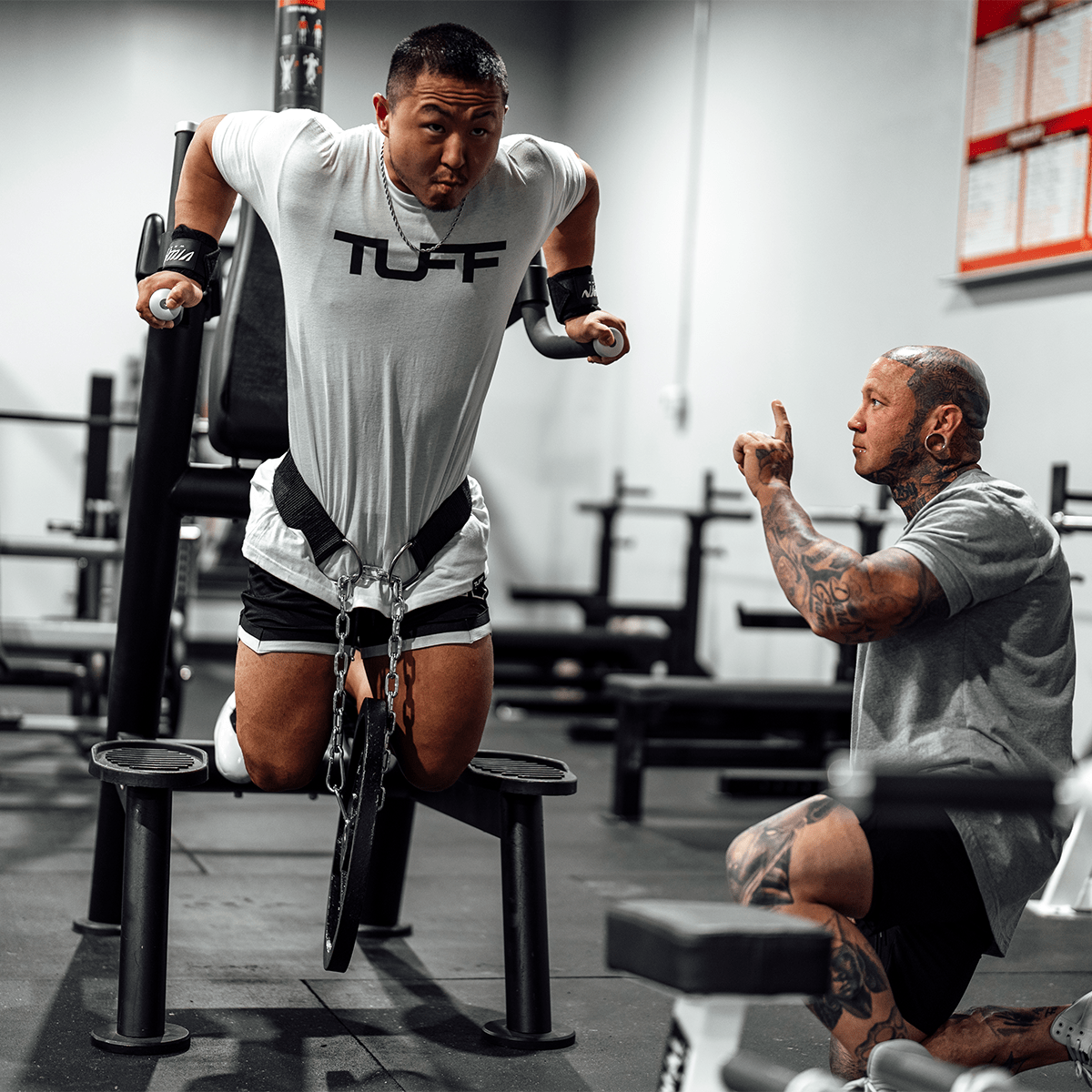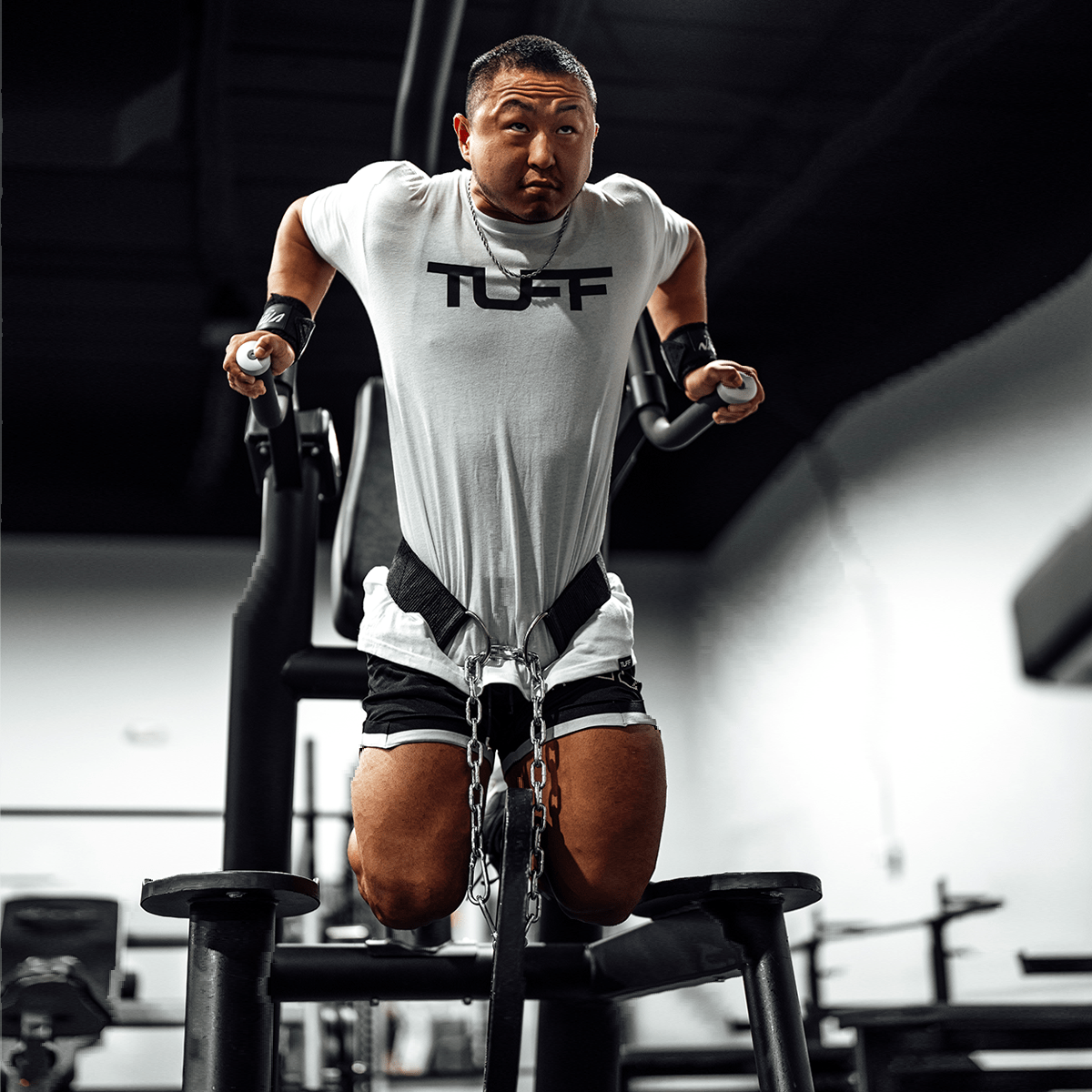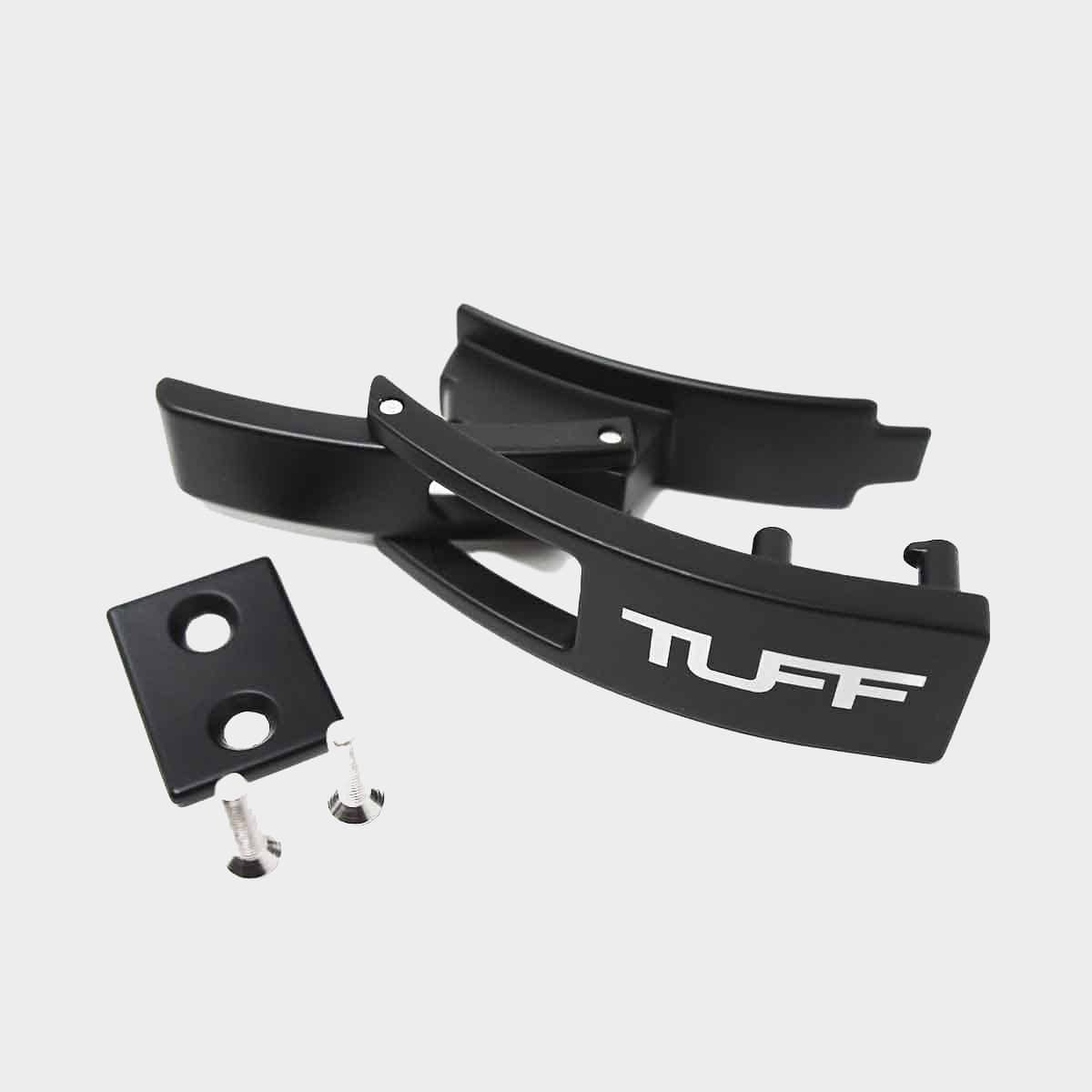How to Choose a Weightlifting Belt and Commonly Asked Questions
Lifting belts have become an essential accessory for many gym-goers and professional weightlifters. Not only do they provide support and stability to your lower back, but they also help to improve your posture and increase the overall efficiency of your lifts.
However, with so many different types and brands of weight lifting belts available on the market, knowing which one to choose and how to use it effectively can take time and effort. Below we will break down everything you need to know about weightlifting belts and guide you through selecting the right one.
What is a Weightlifting Belt?
A weightlifting belt is a piece of fitness equipment that fits around your waist and supports your lower back and abdominal muscles during heavy lifting exercises. Using a belt increases intra-abdominal pressure, which helps stabilize your spine and protects it from common lifting injuries like a herniated disc and lower back strains.
Most weightlifting belts are made from durable and breathable materials, such as leather or synthetic leather, and feature a sturdy buckle for a secure fit. Some models also include a Velcro closure for a custom fit.
Types of Weightlifting Belts
There are 6 types of weightlifting belts: the lever belt, the leather lifting belt, the nylon belt, the dip belt, the neoprene belt, and the self-locking weightlifting belt. There are many differences between these. Let's go over each in more detail.
1. Lever Belts
A weightlifting lever belt is a piece of equipment used by weightlifters, powerlifters, and strongman competitors for extra back support and protection during heavy lifting. This type of belt comes in 10mm, is 4" in width, and offers an adjustable steel lever. The lever allows for a quick, secure on/off release. Lever belts are made out of sturdy leather material. This material supports the lumbar spine by keeping you in a neutral position. This prevents strain on the back and allows the lifter to lift heavier weights with less risk of injury.
2. Leather Lifting Belt
The leather gym belt is made of a leather material that, similarly to the lever, gives you the lumbar support needed when lifting. This leather material can withstand the typical wear and tear of the gym, making it durable and capable of handling multiple lifting exercises. Our Leather Weightlifting Belt is designed in a 4" wide belt with a double-prong buckle. This ensures that the belt stays firmly in place and provides the necessary support for your spine. The belt can be tightened or loosened as needed, and the buckle won't slip during your workout. This belt is excellent for bodybuilders and everyday gym-goers. Overall, it’s a tremendous all-around weightlifting belt.
3. Dip Belt
A dip belt is comparable to a traditional lifting belt because it’s secured around the lower torso. The main difference is that dip belts have a strap or chain on the front, which is used to attach a weight/plate. This belt type is a must for many people as it assists with working multiple muscles, such as shoulders, chest, triceps, back, and legs. Two varieties of dip belts are leather and nylon. While the leather belt can be long-lasting, it can also be cumbersome, non-elastic, and stiff. The neoprene type is much more flexible, breathable, and designed to provide comfort and longevity. TuffWraps has a TUFF Nylon Dip Belt with a 32-inch zinc plated welded 1/4" strong steel chain, which is thicker and longer to ensure the weight can be added and secured with no worries.
4. Nylon Weight Belt
The TUFF Nylon Lifting Belt is a supportive belt that fits securely and comfortably around the midsection. These belts come with a velcro strap that can be easily adjusted to guarantee a secure fit. If you are looking for a belt that is adaptable and quickly adjustable to the kind of exercise, such as CrossFit workouts, then Nylon belts are a perfect choice. The main objective of a Nylon weightlifting belt is to offer internal abdominal pressure, which gives additional backing and steadiness. As a result, you are better able to perform weightlifting, powerlifting, or dynamic movements (such as Olympic or overhead lifts) with more control and form.
5. Neoprene Belt
The TUFF-X Compression Under Belt is specific support targeting those competing in CrossFit and Strongman. The neoprene belt is constructed of neoprene material with plastic bones in the back. This combination of neoprene and plastic provides excellent support while allowing the athlete to move freely. This is beneficial in exercises that require you to move from one area to the next without limiting or cutting into your sides. This is the only weightlifting belt that will form and fit your body.
The belt can be worn alone or with another weightlifting belt. Side loops allow a 4" weightlifting lever belt or a double-prong weightlifting belt to be worn over the top, providing additional support. This is the ultimate setup to give the maximum support when training. This setup would be geared toward an event such as heavy yoke runs and log presses where your core needs to be as strong as possible.
6. Self-Locking Weightlifting Belt
This type of belt consists of a roller buckle and is a cinch to secure and take off. It guarantees a tight hold, and the roller buckle makes removing it simple without coming undone during a lift. This belt will not come apart or lose its grip when buckled up, even if you are lifting heavy. Our quick-locking belt is ideal for powerlifters, Olympic athletes, and those who do CrossFit.
When Should I Use a Lifting Belt?
A lifting belt should be used when performing heavy compound exercises such as squats, deadlifts, and overhead presses, particularly when lifting weights close to or at your PR. The belt supports your abdominal and lower back muscles, helping to maintain proper spinal alignment and reduce the risk of injury.
When squatting, a squat belt can help you maintain a more upright posture, allowing you to lift heavier weights with less stress on your lower back. Similarly, when performing deadlifts, a deadlift belt can help stabilize your core and reduce the risk of lower back strain. It's important to note that lifting belts should not be worn for every exercise or throughout an entire workout; instead, they should be reserved for heavy sets of compound lifts where extra support is needed
How to Choose the Right Weightlifting Belt for You
When choosing a weightlifting belt, there are several factors to consider, including:
- Width: The width of lifting belts determines its support level. As mentioned above, a 4-inch lifting belt is a great starting point for beginners.
- Material: Choosing the material is all about preference. The nylon and self-locking will be advised if you want a breathable gym belt. If you want maximum support and don't care about breathability, then the weightlifting lever belt or the double-prong weightlifting belt is your best bet.
- Buckle: Look for a belt with a sturdy buckle that will stay securely in place during your lifts.
- Length: Ensure the belt is long enough to fit comfortably around your waist but not so long that it interferes with your movements.
- Price: Weightlifting belts can range from under $20 to over $100, so consider your budget and what exactly you need your training belt for.

